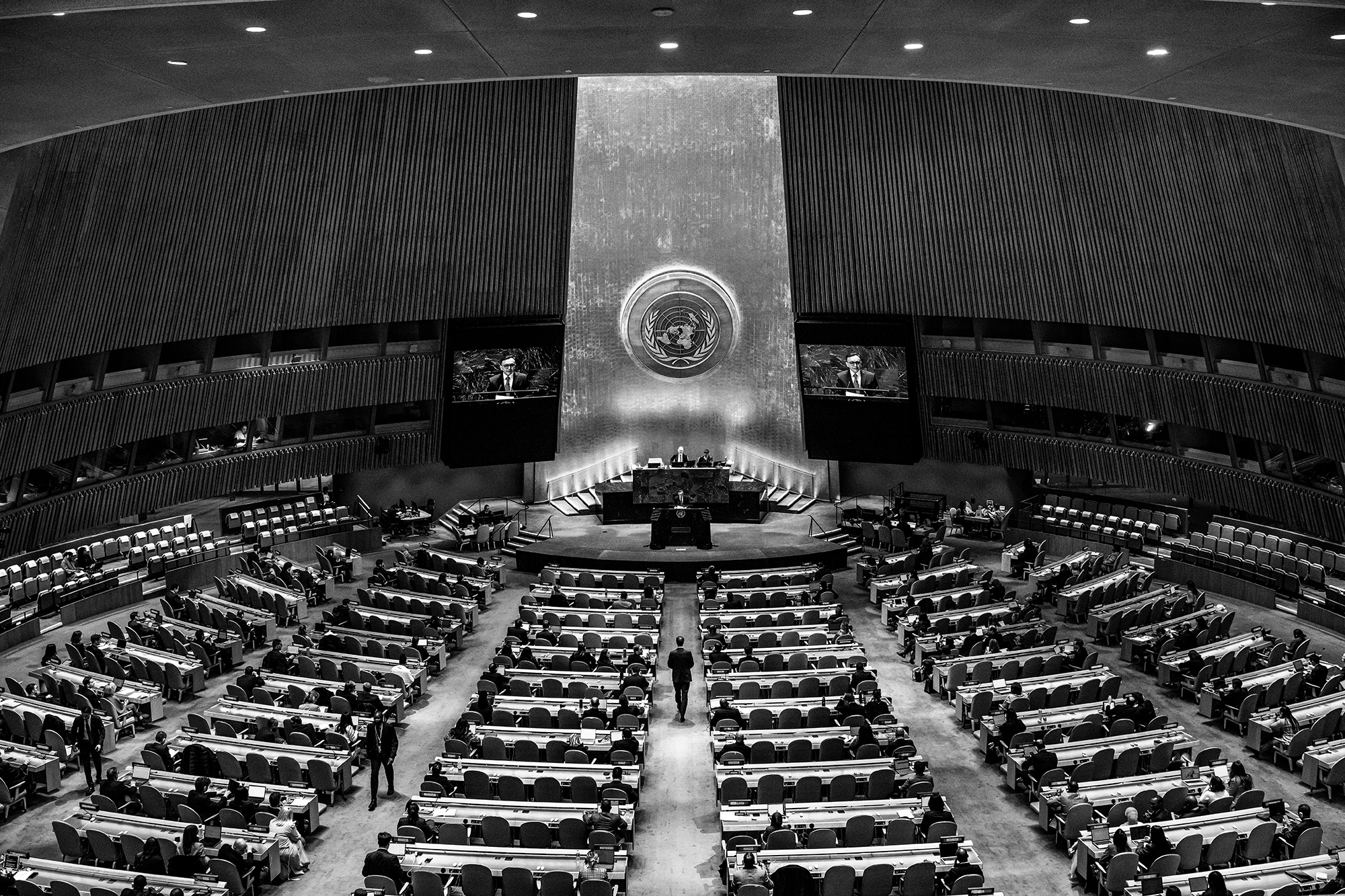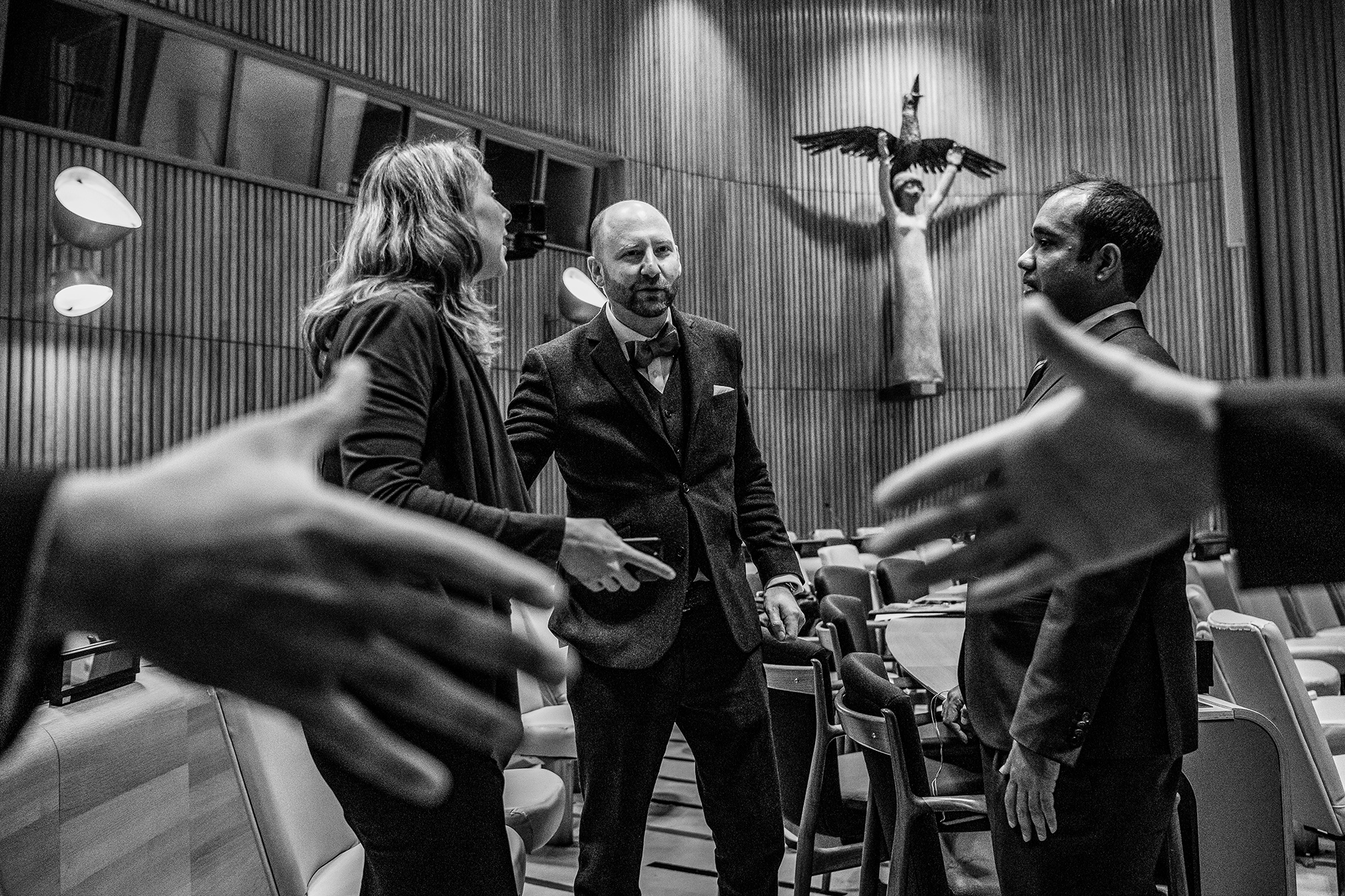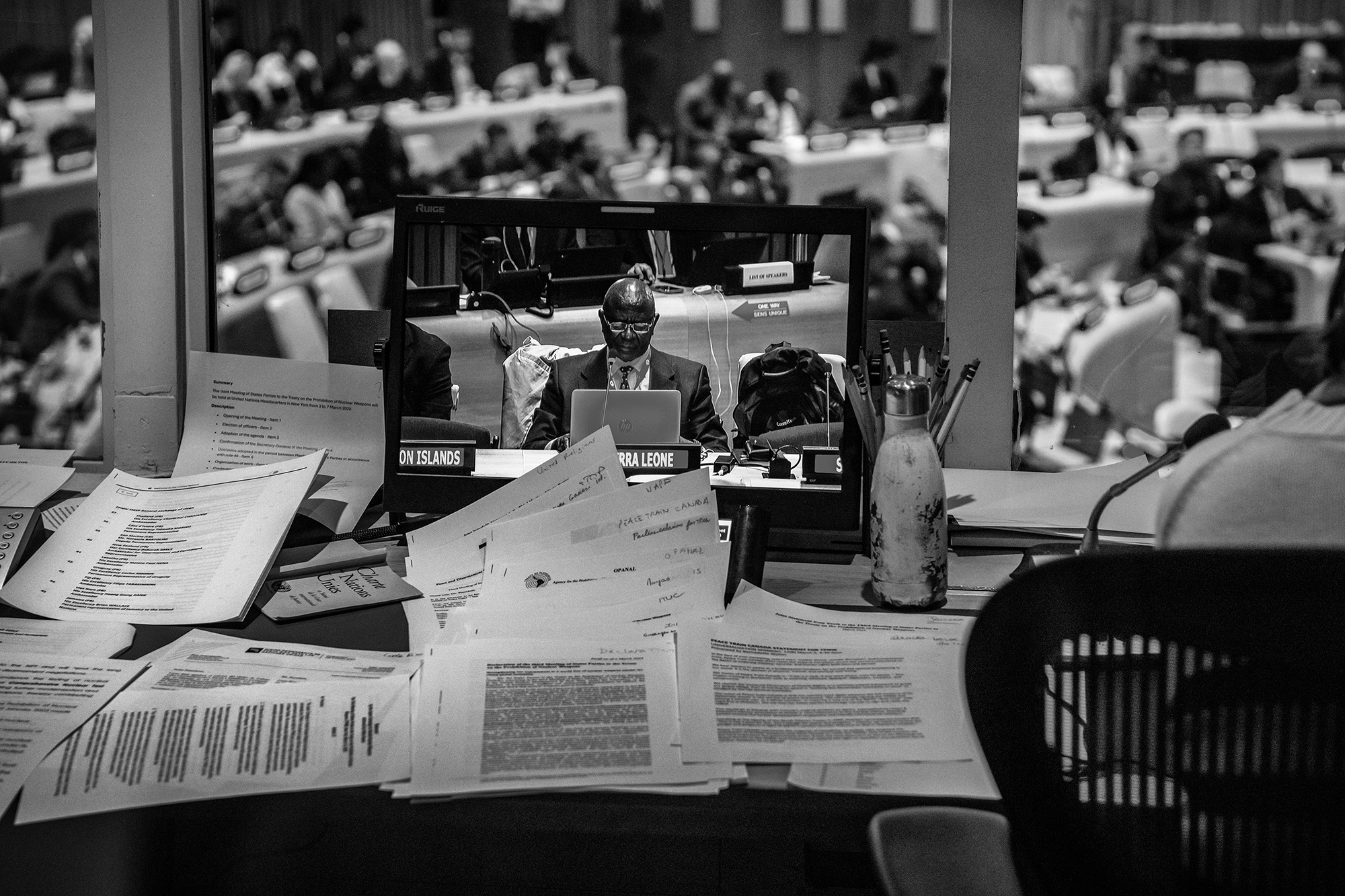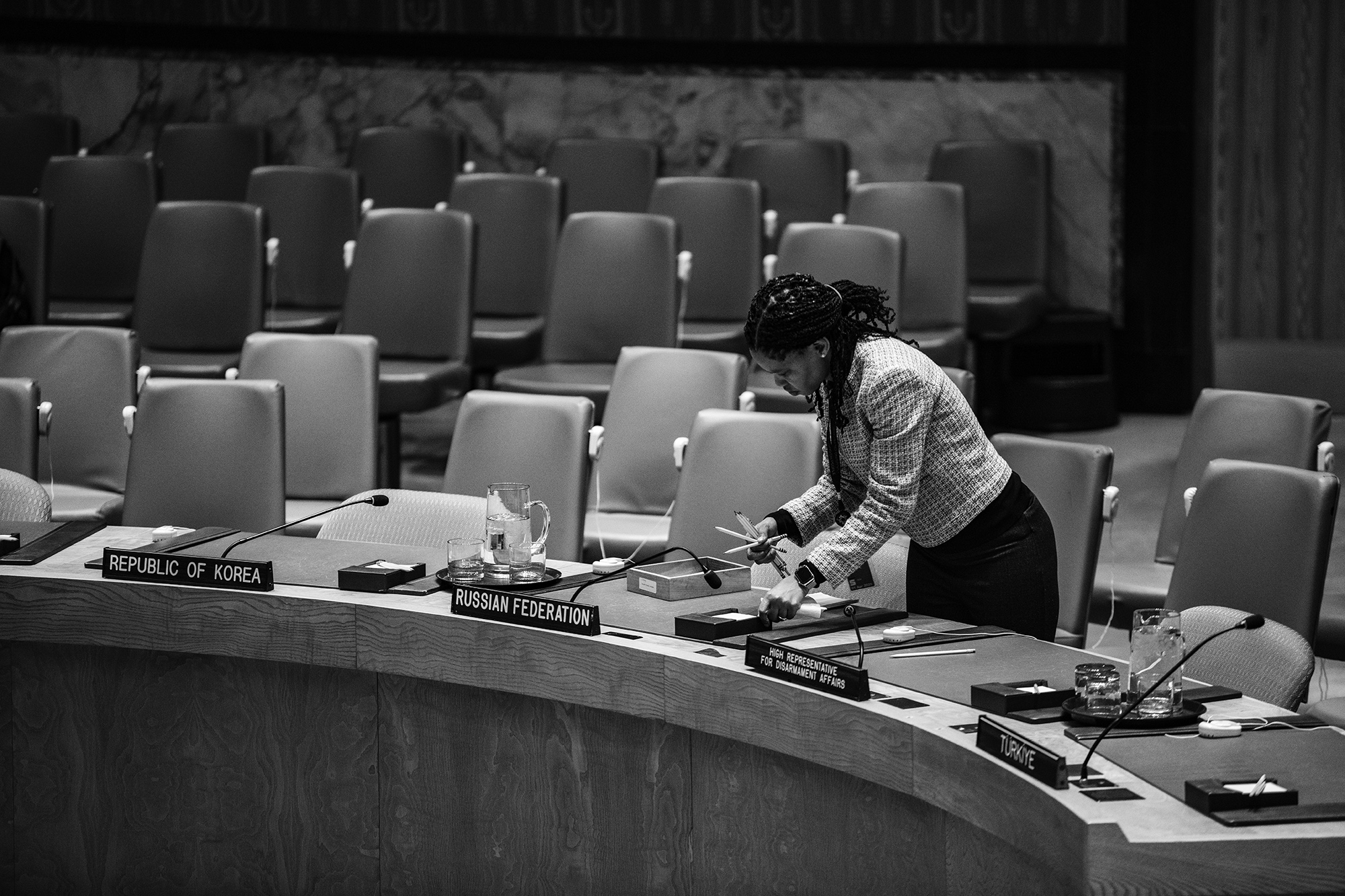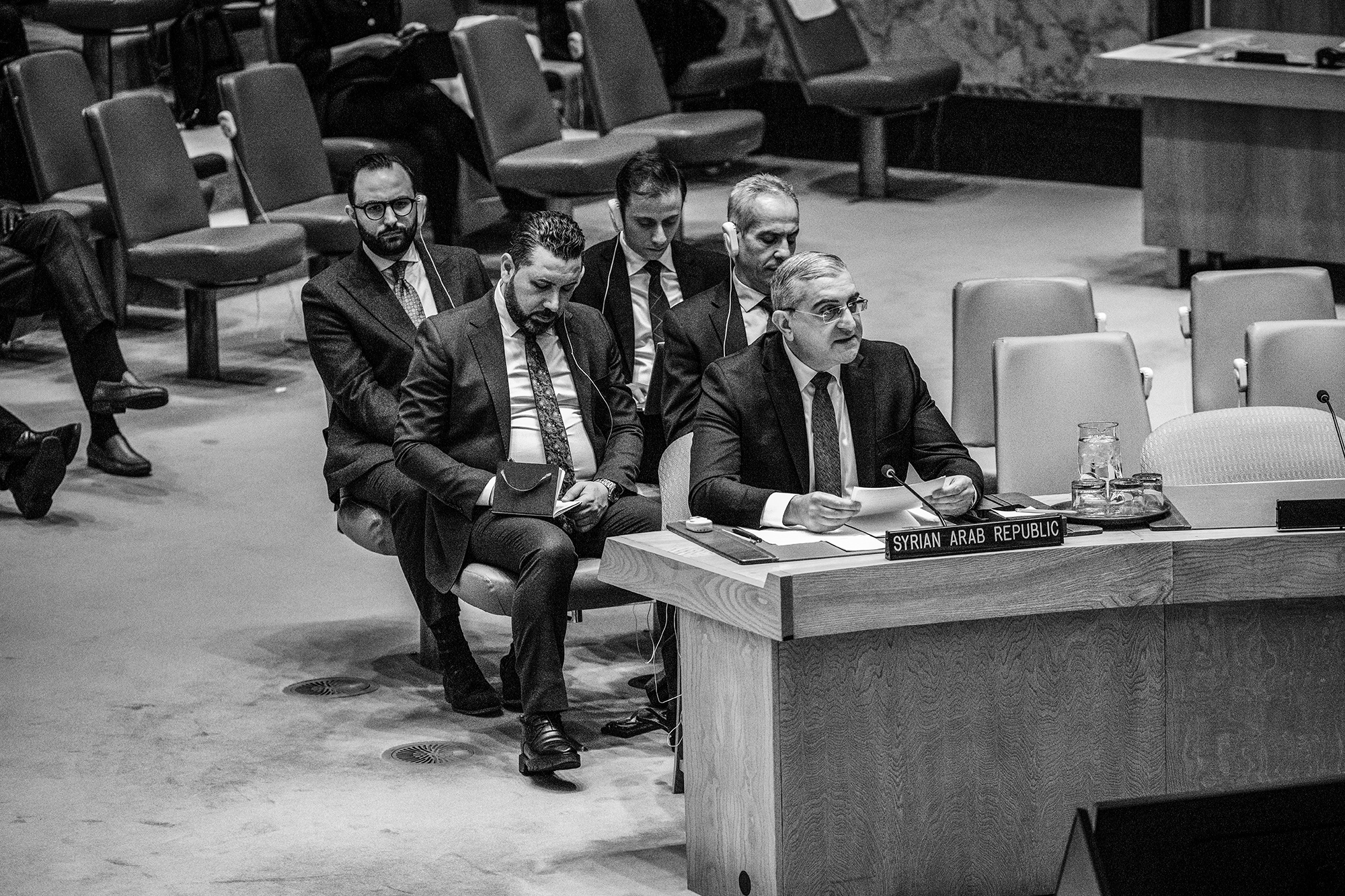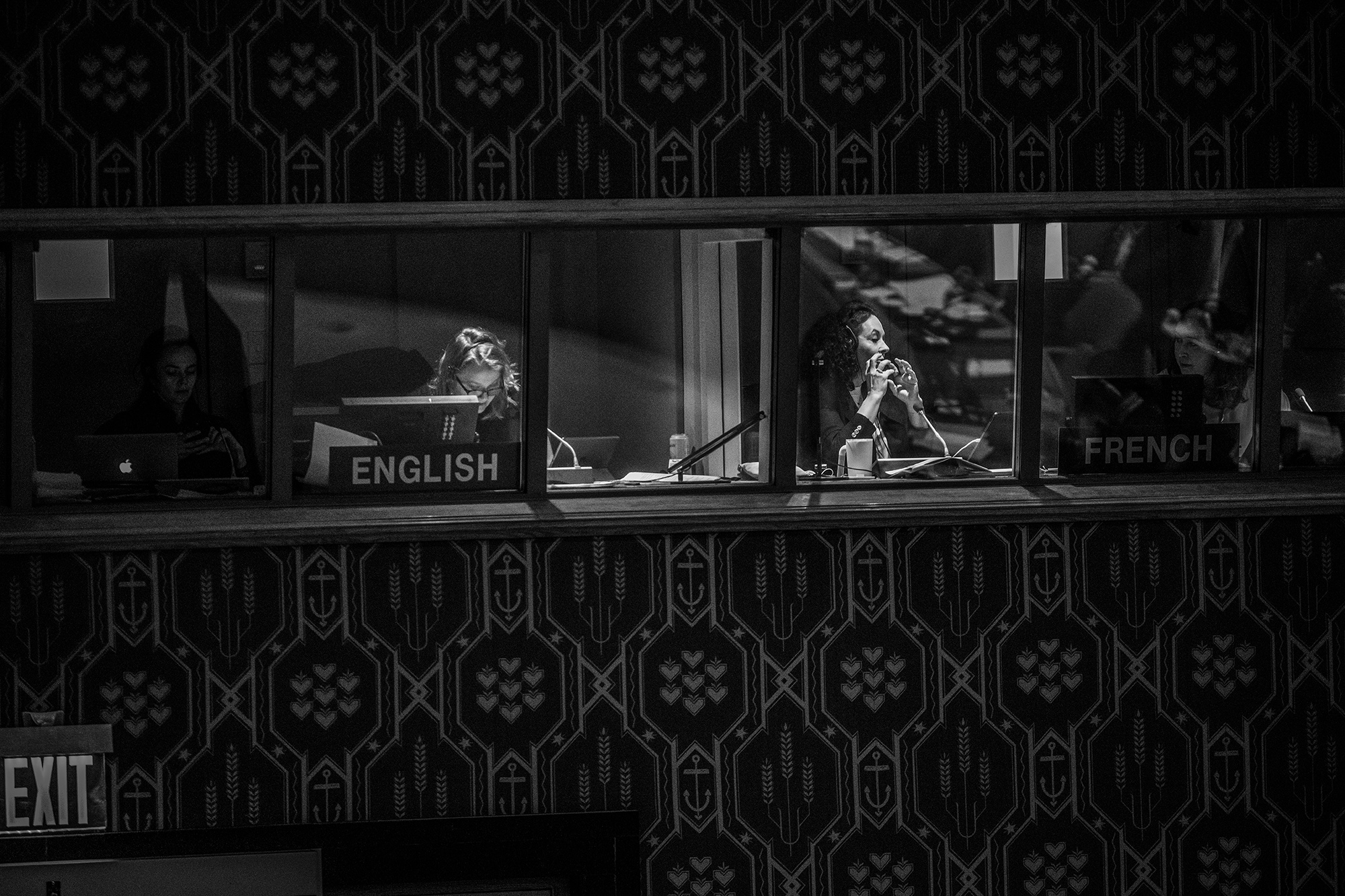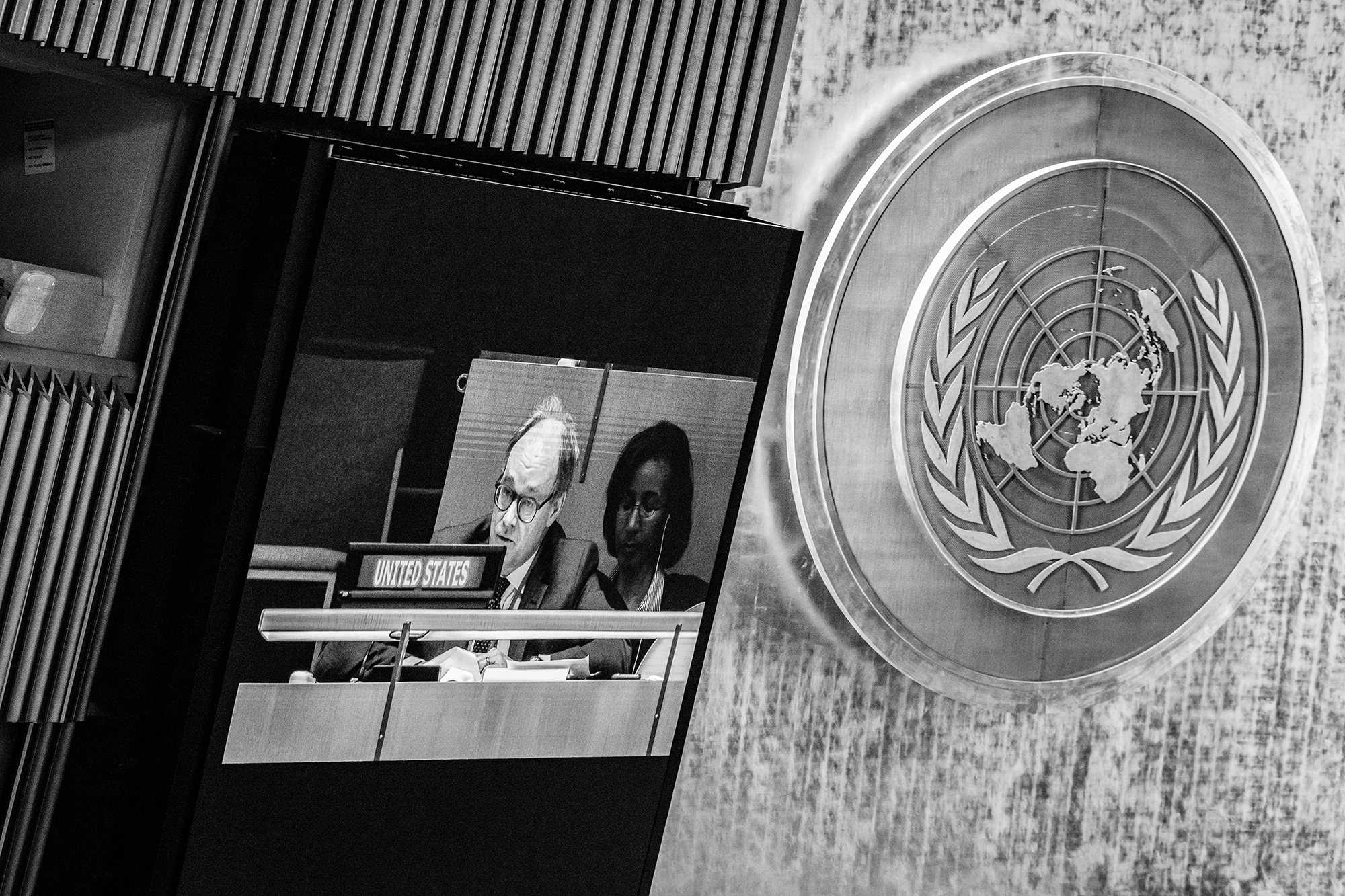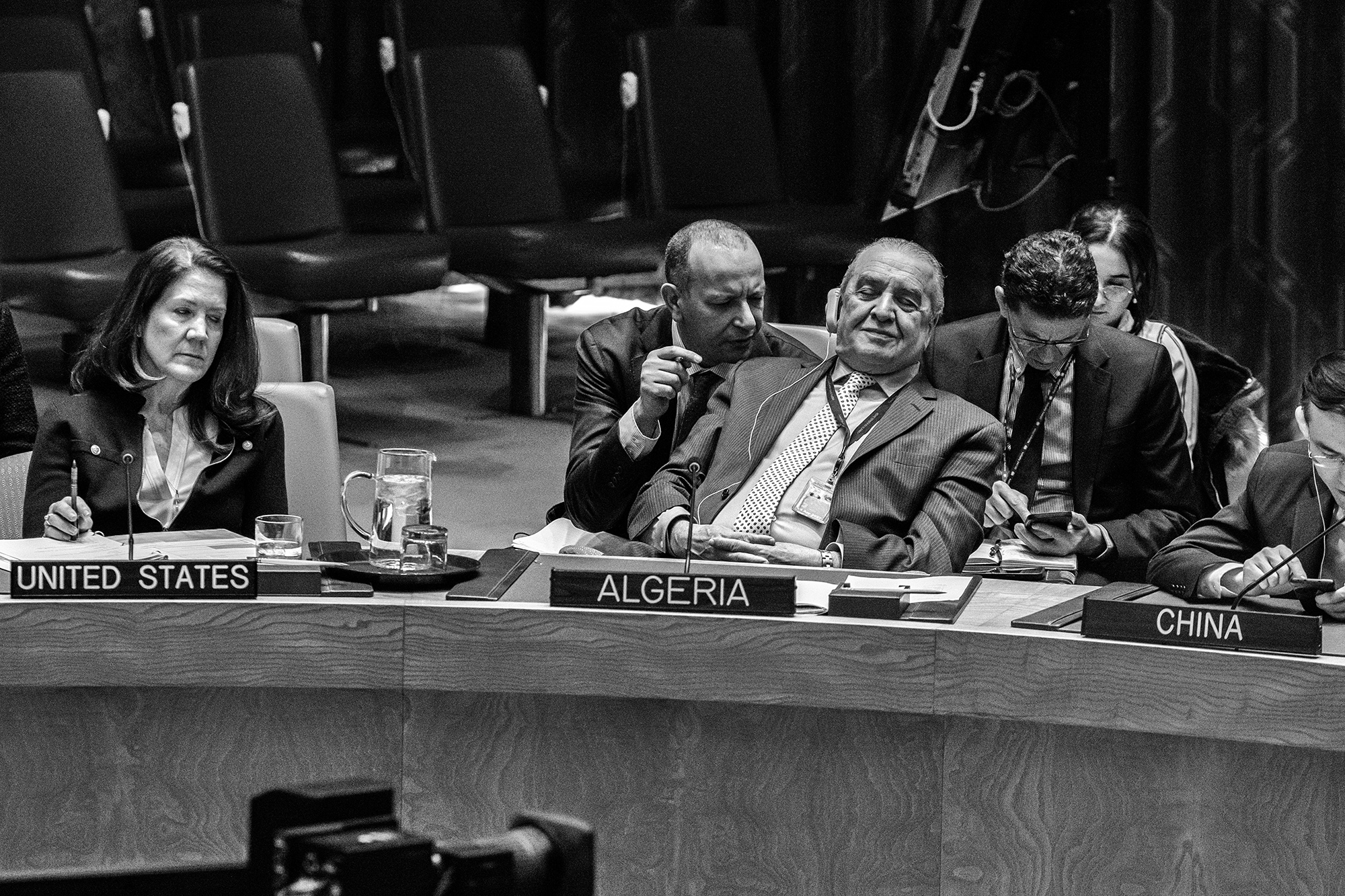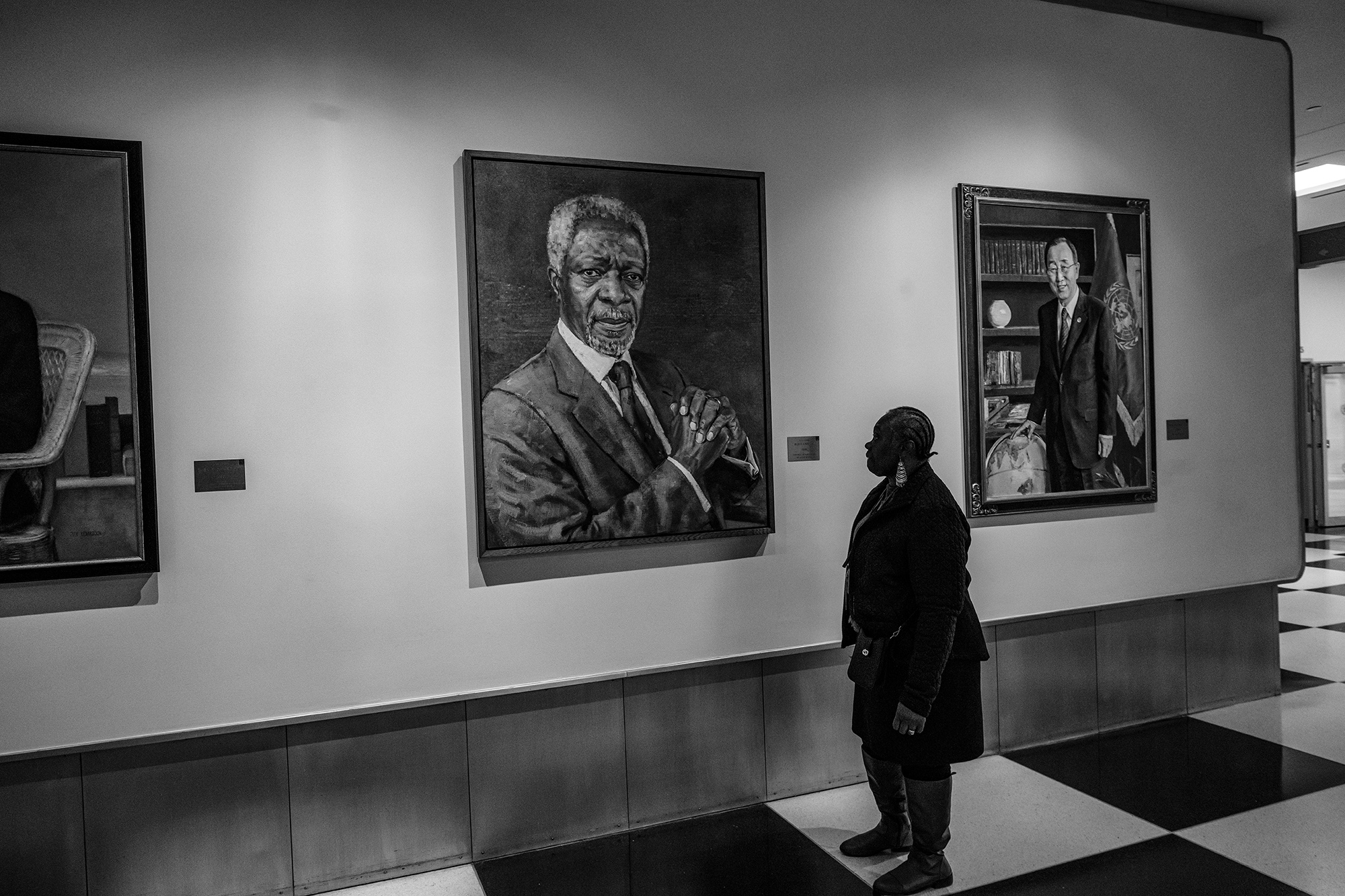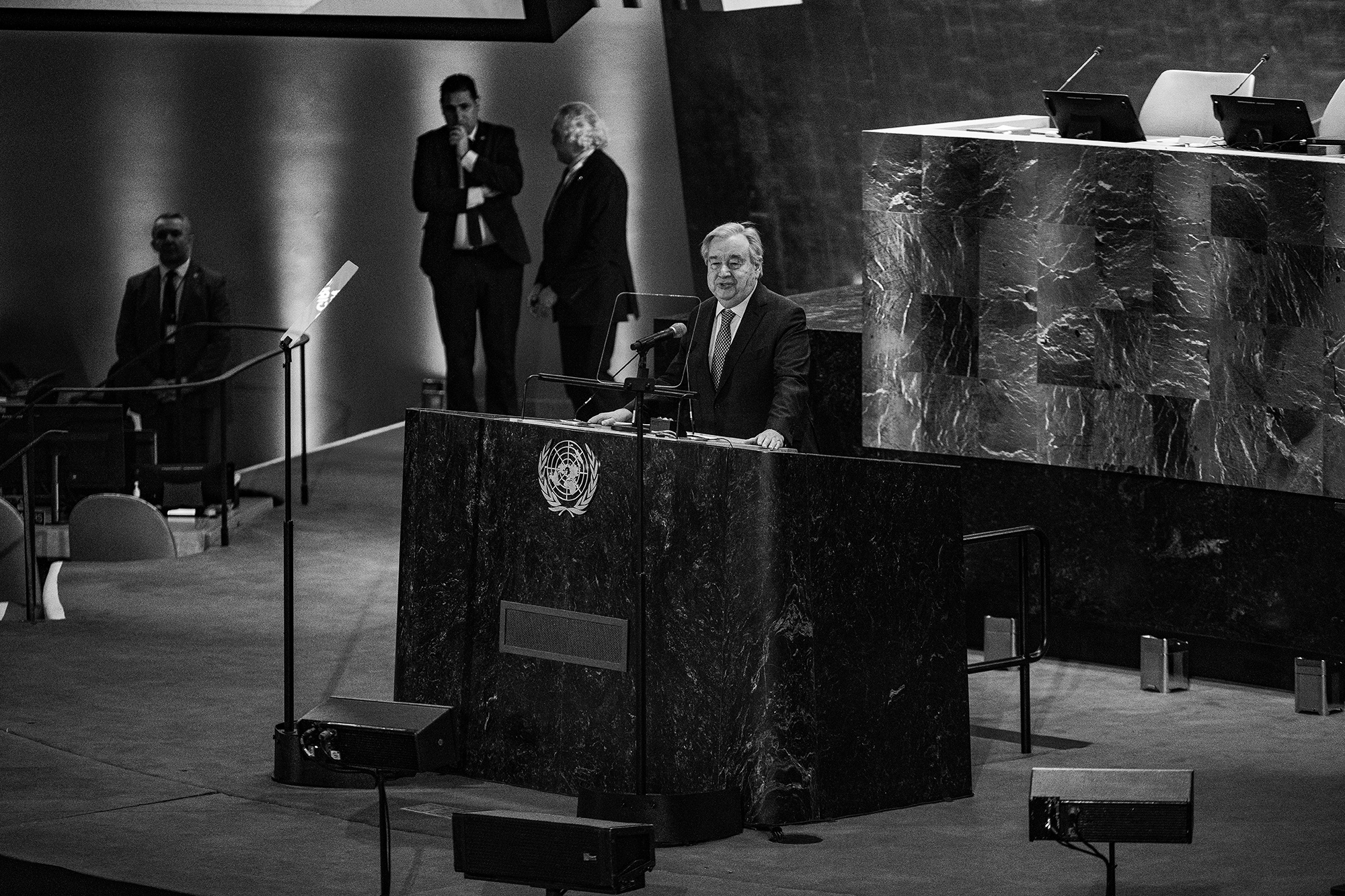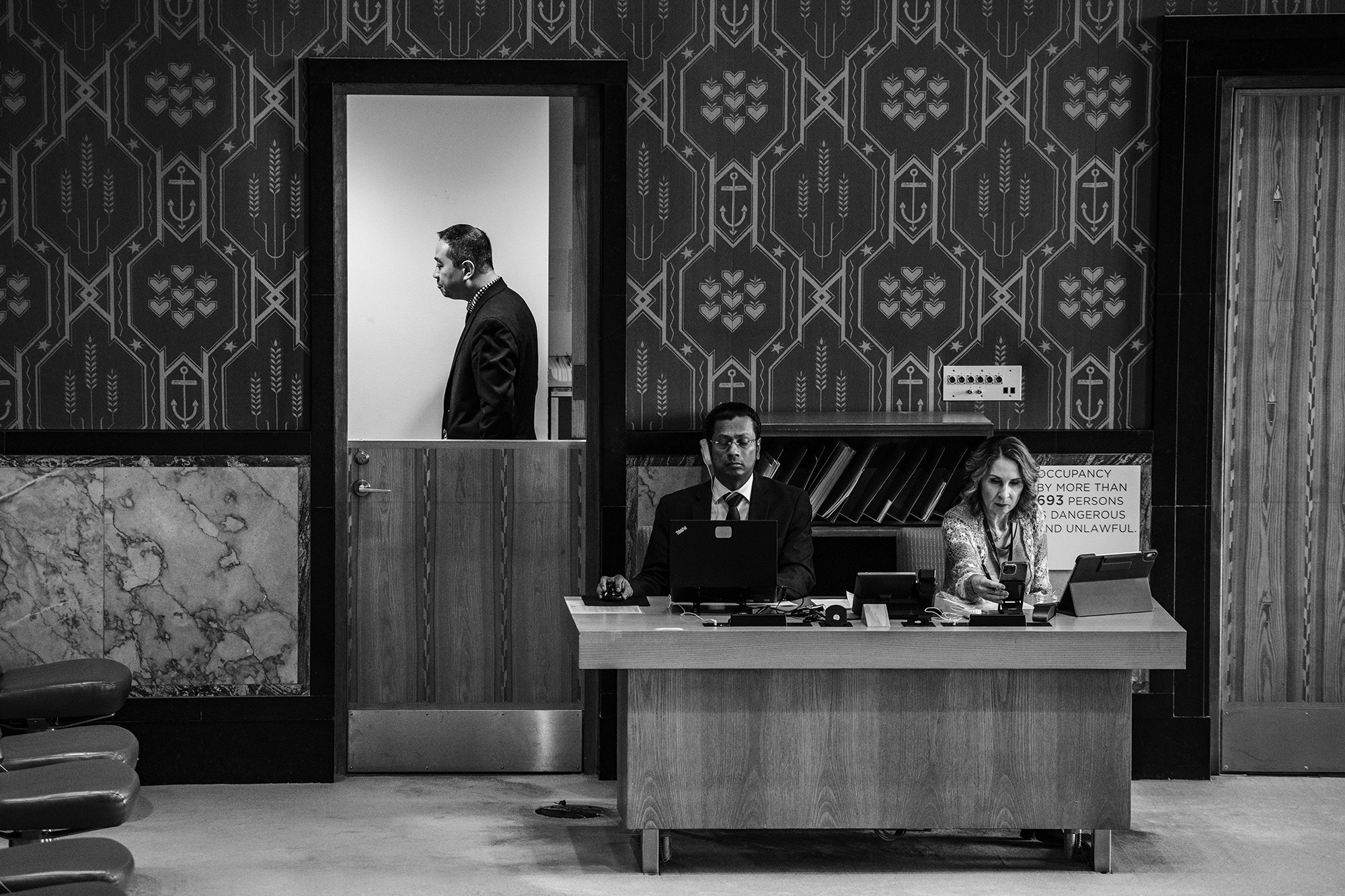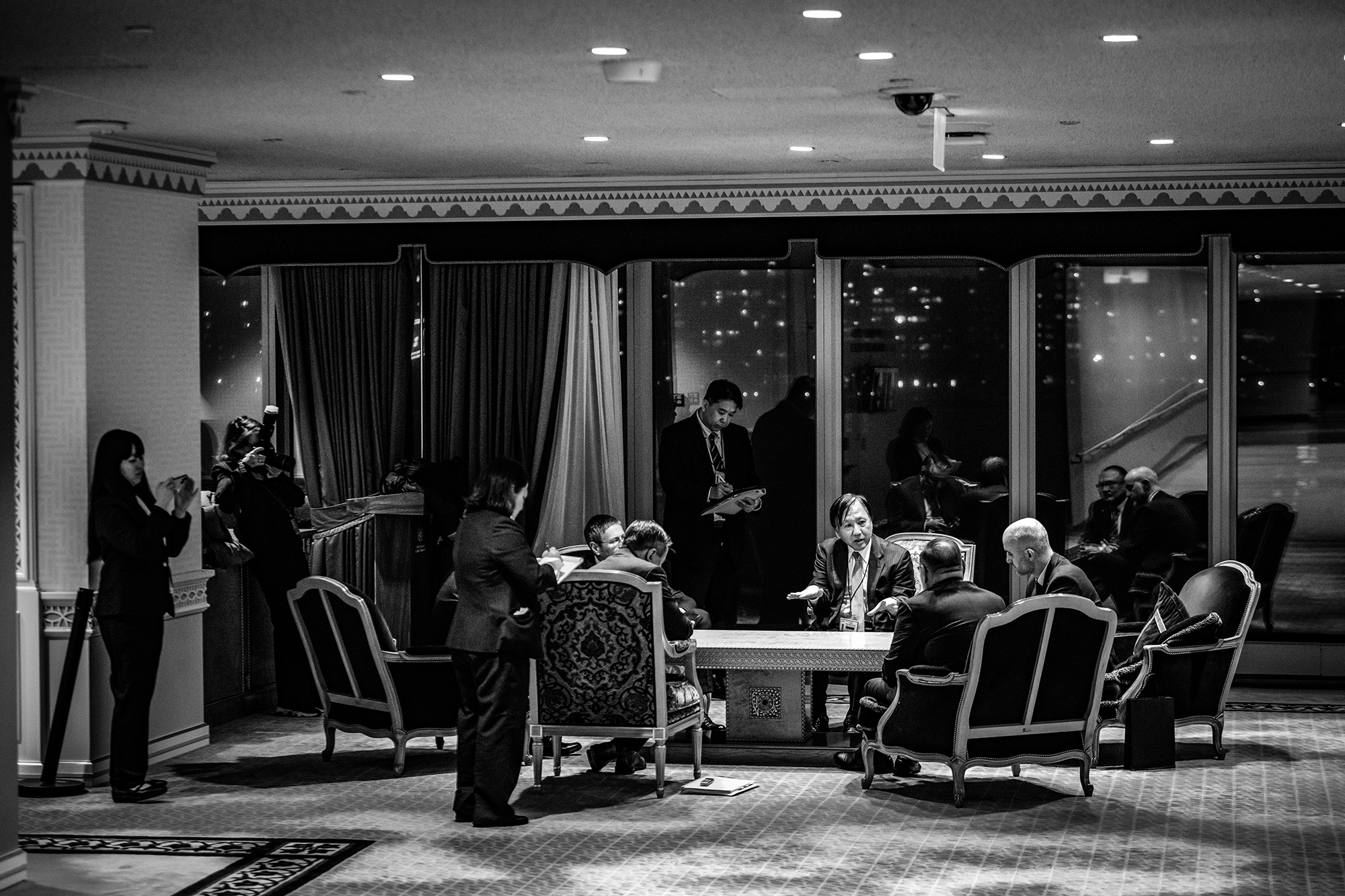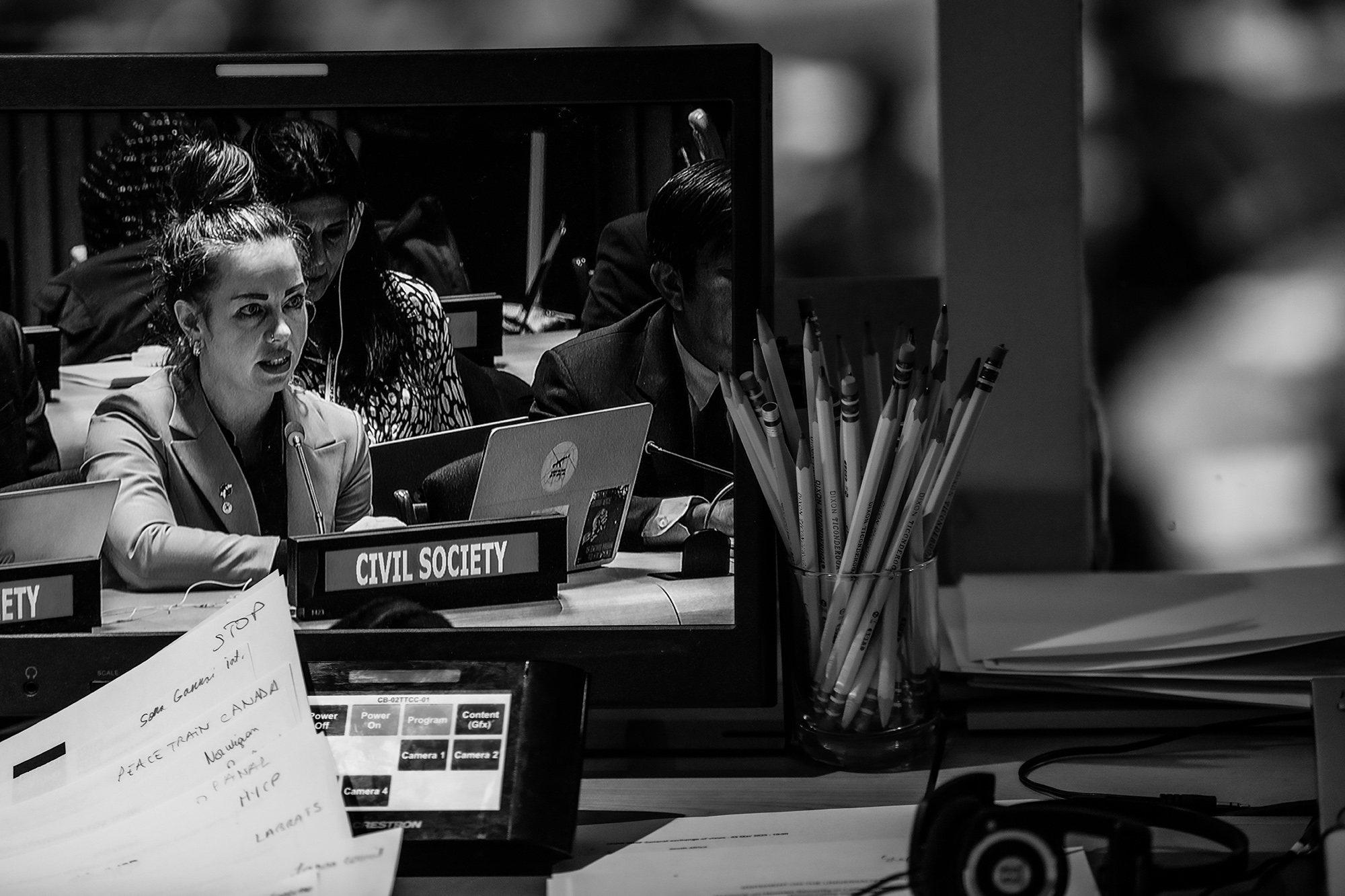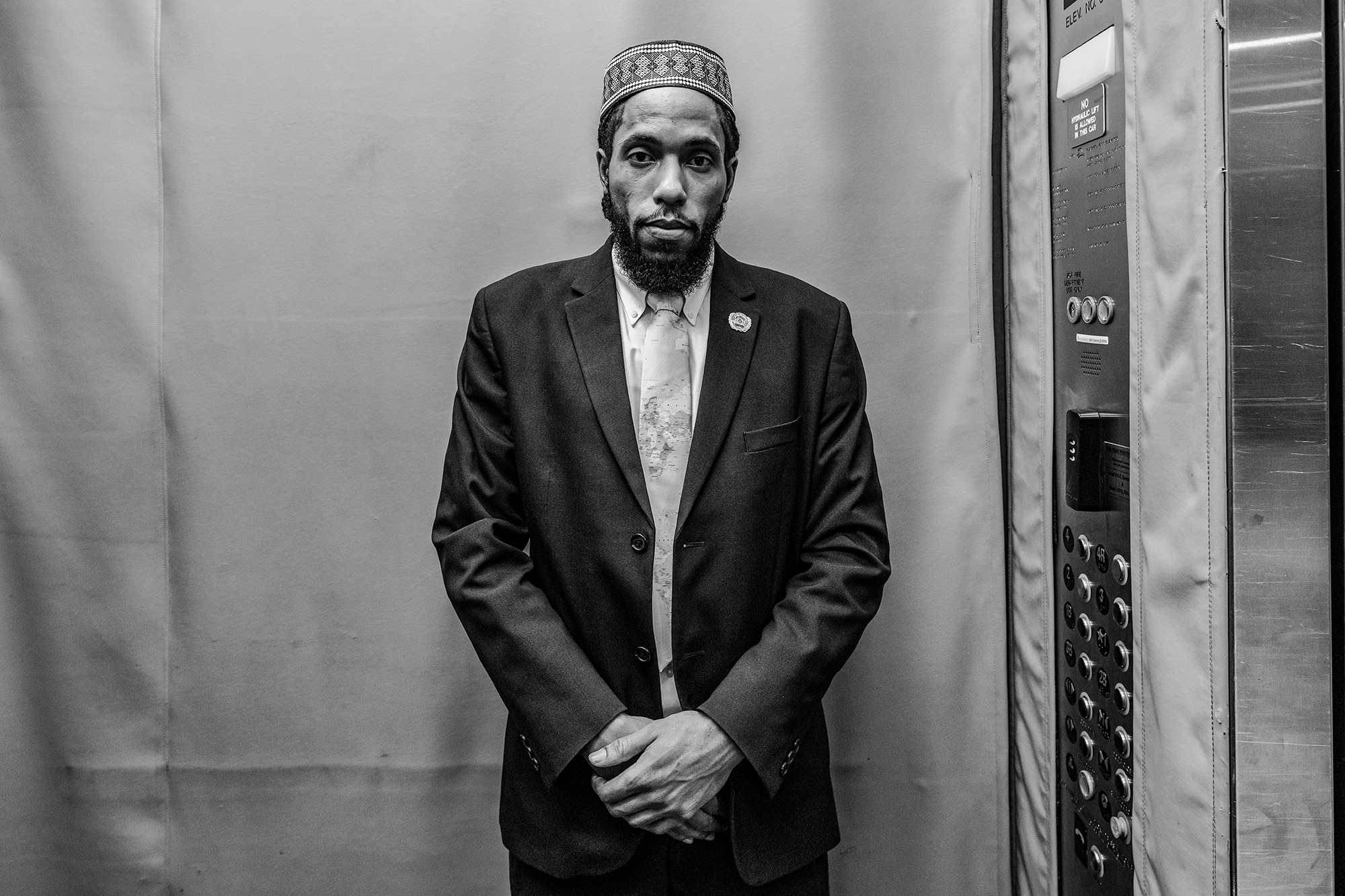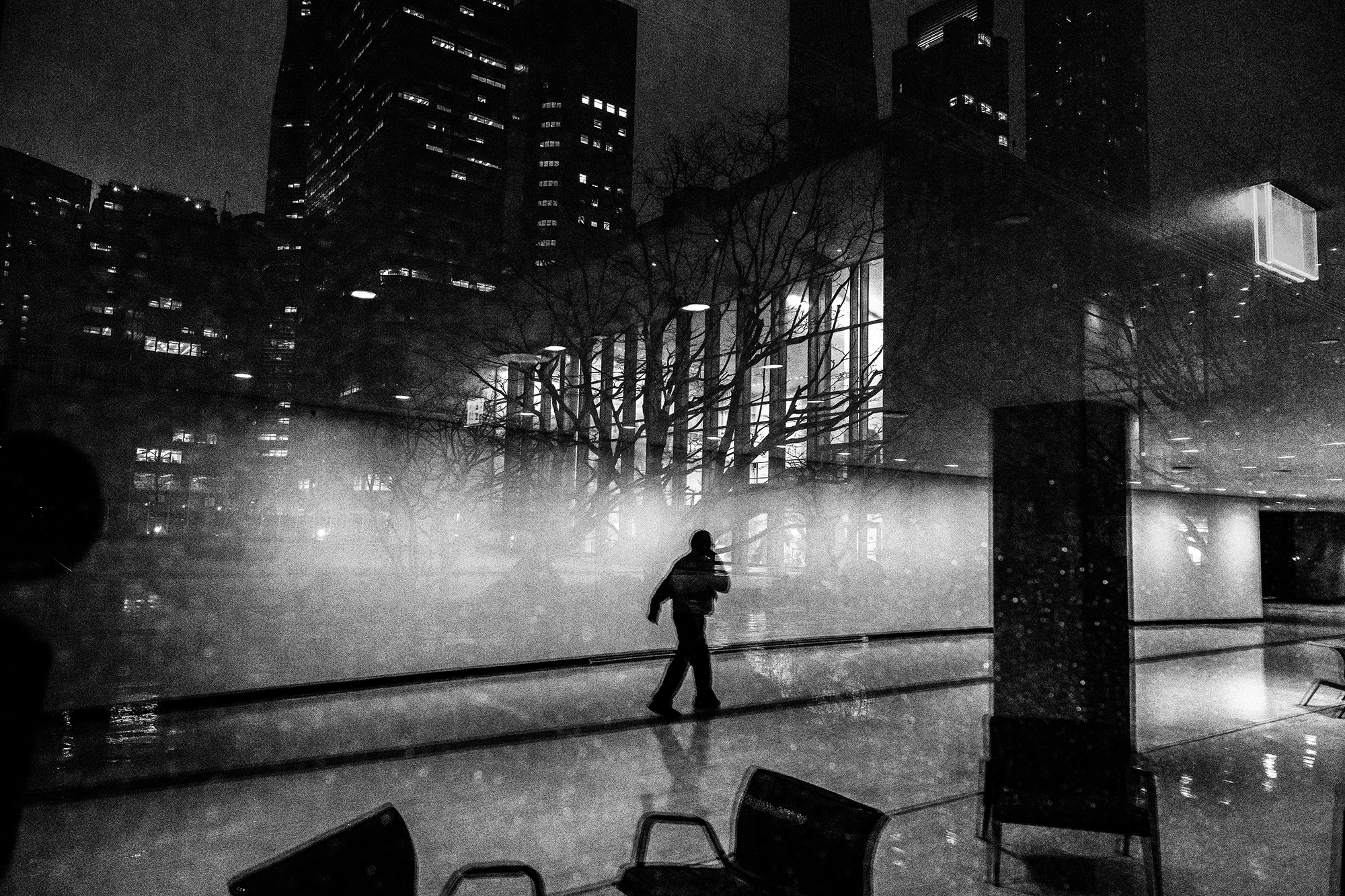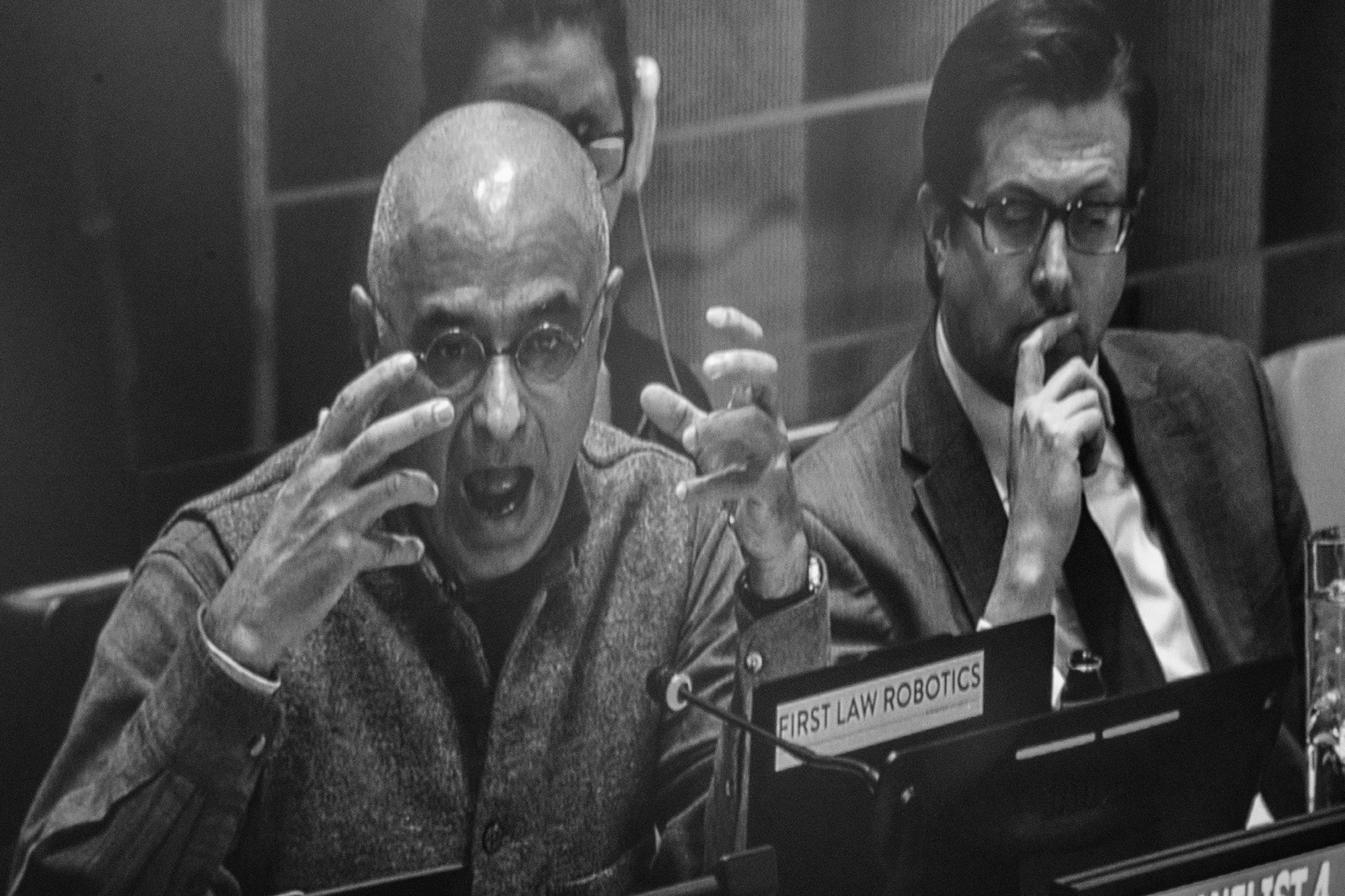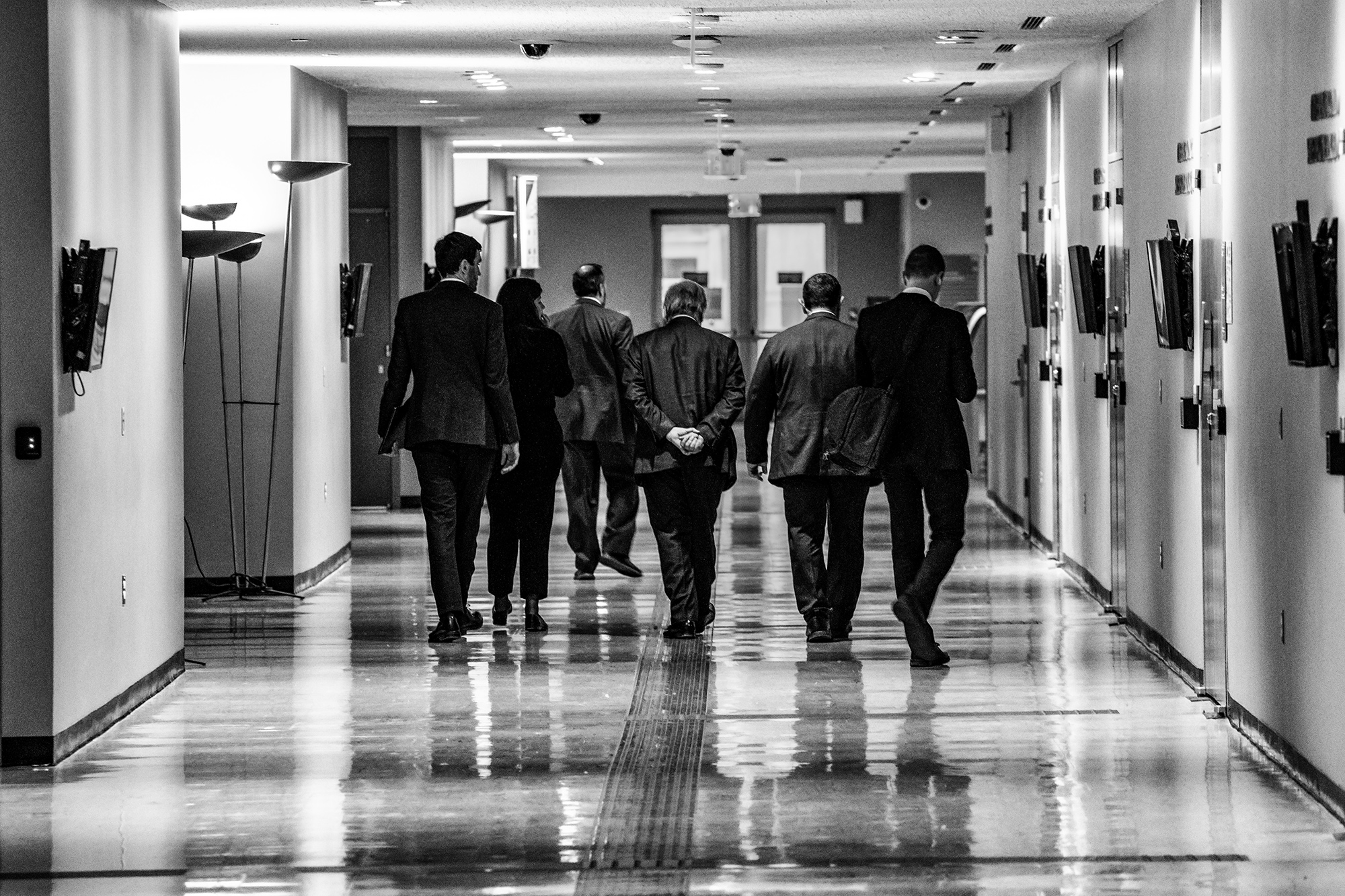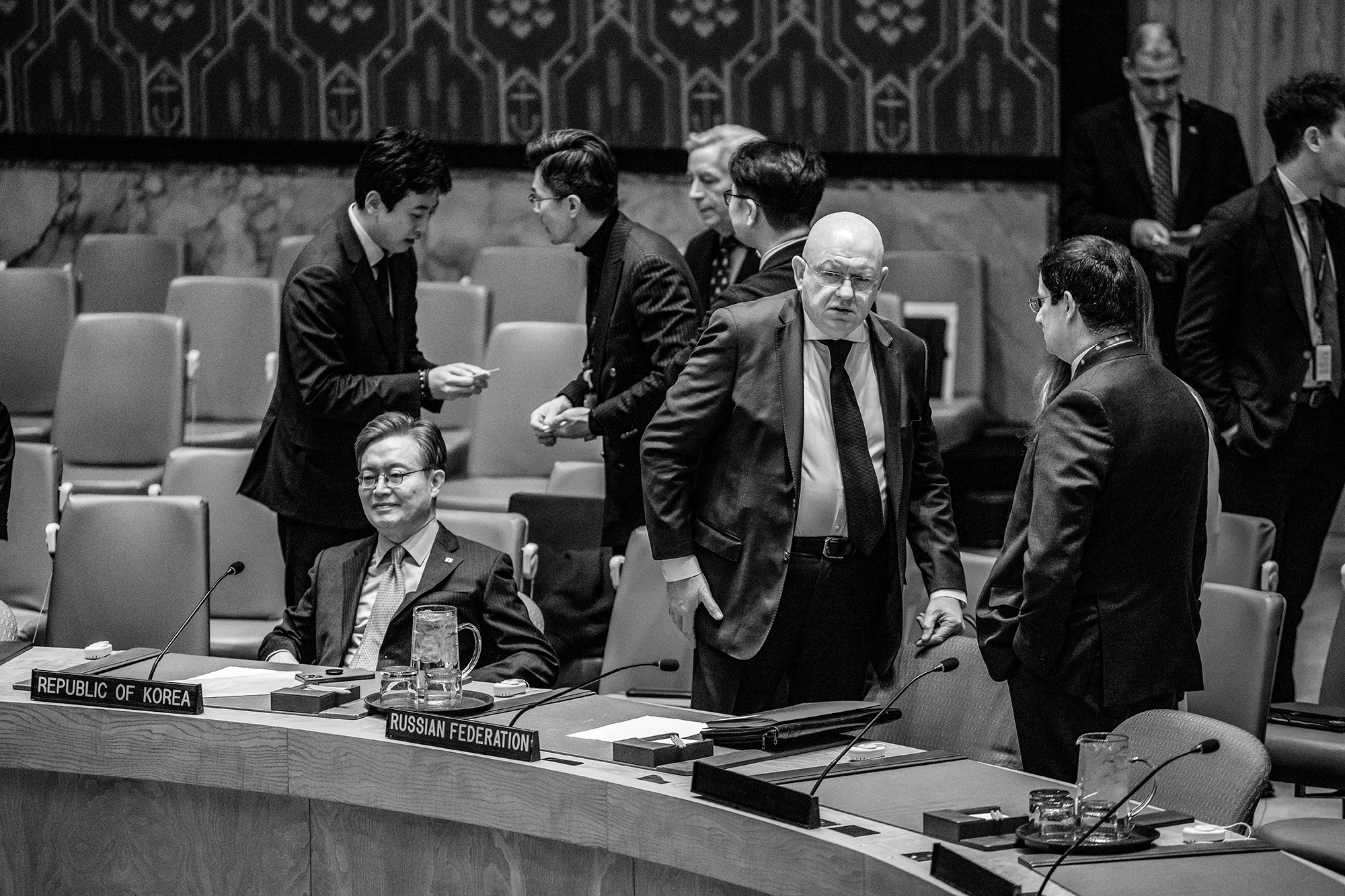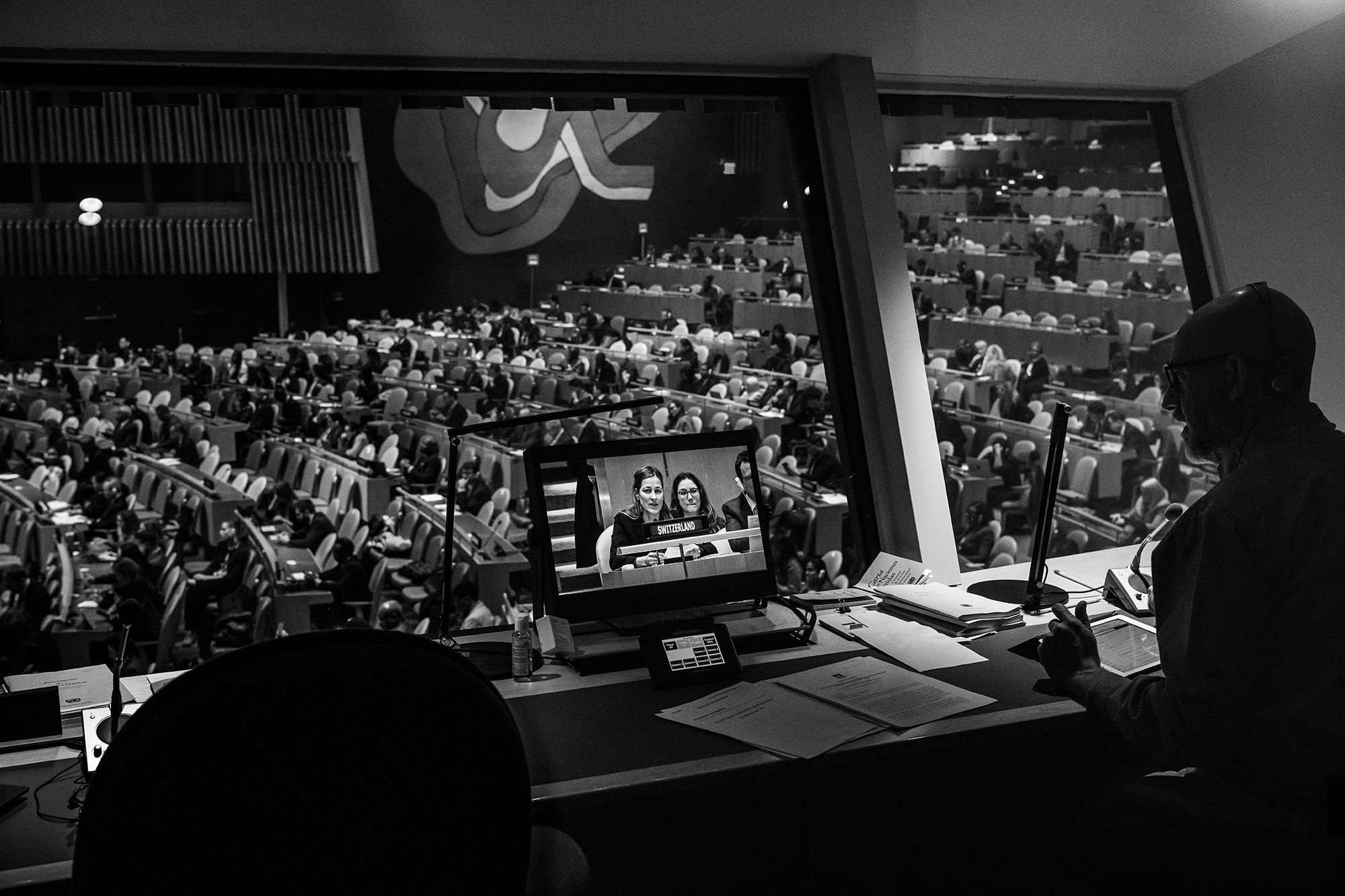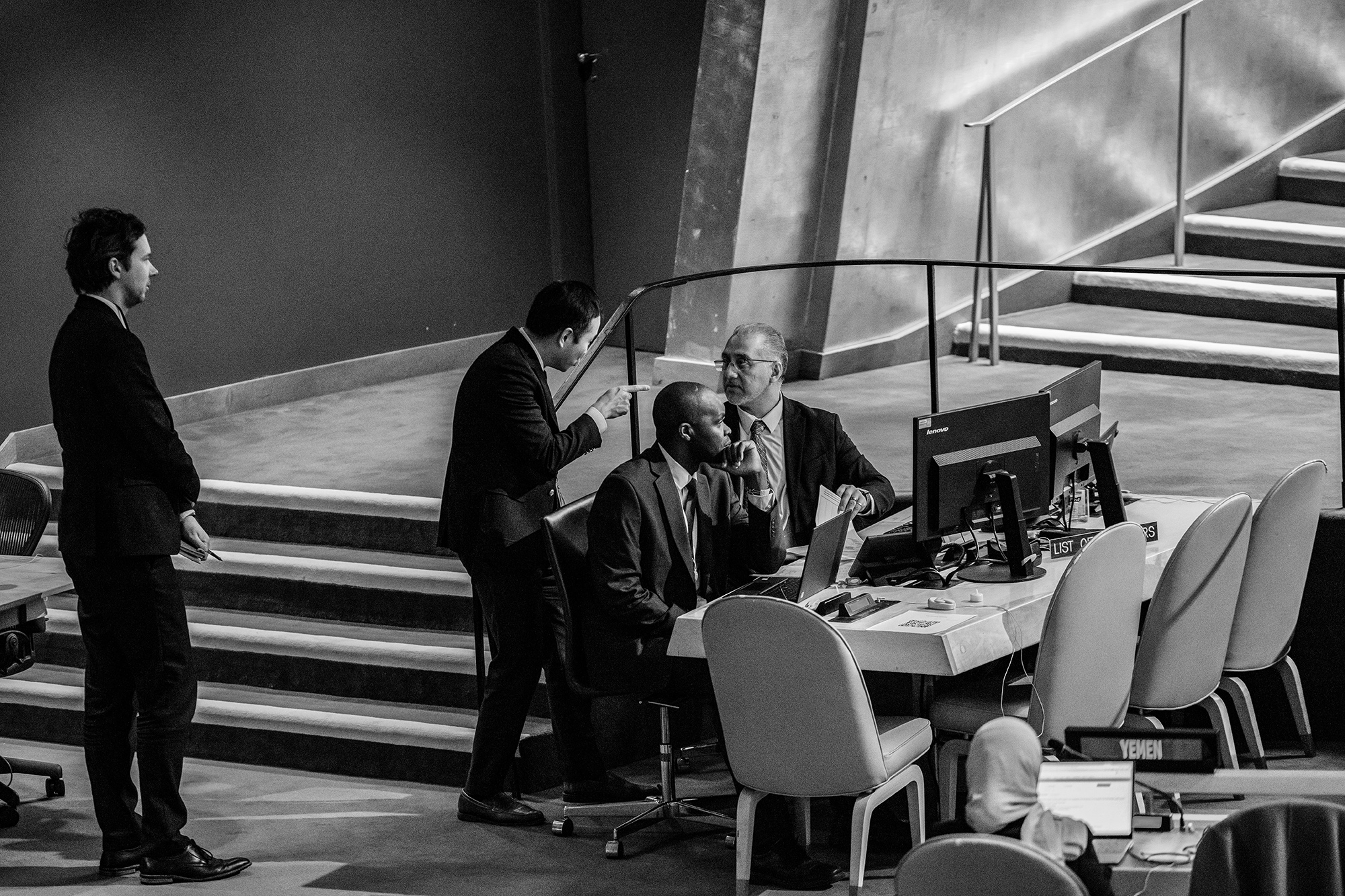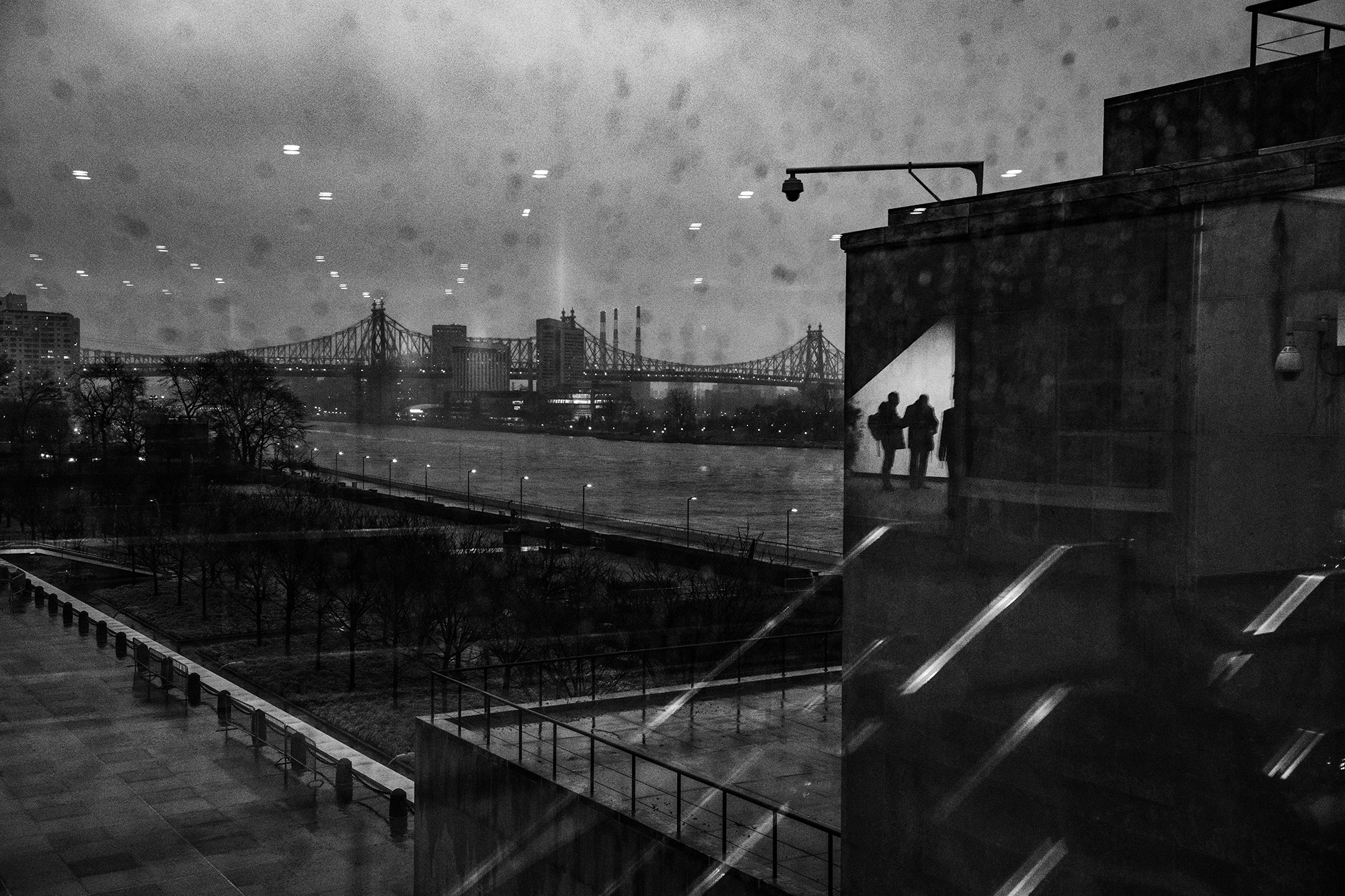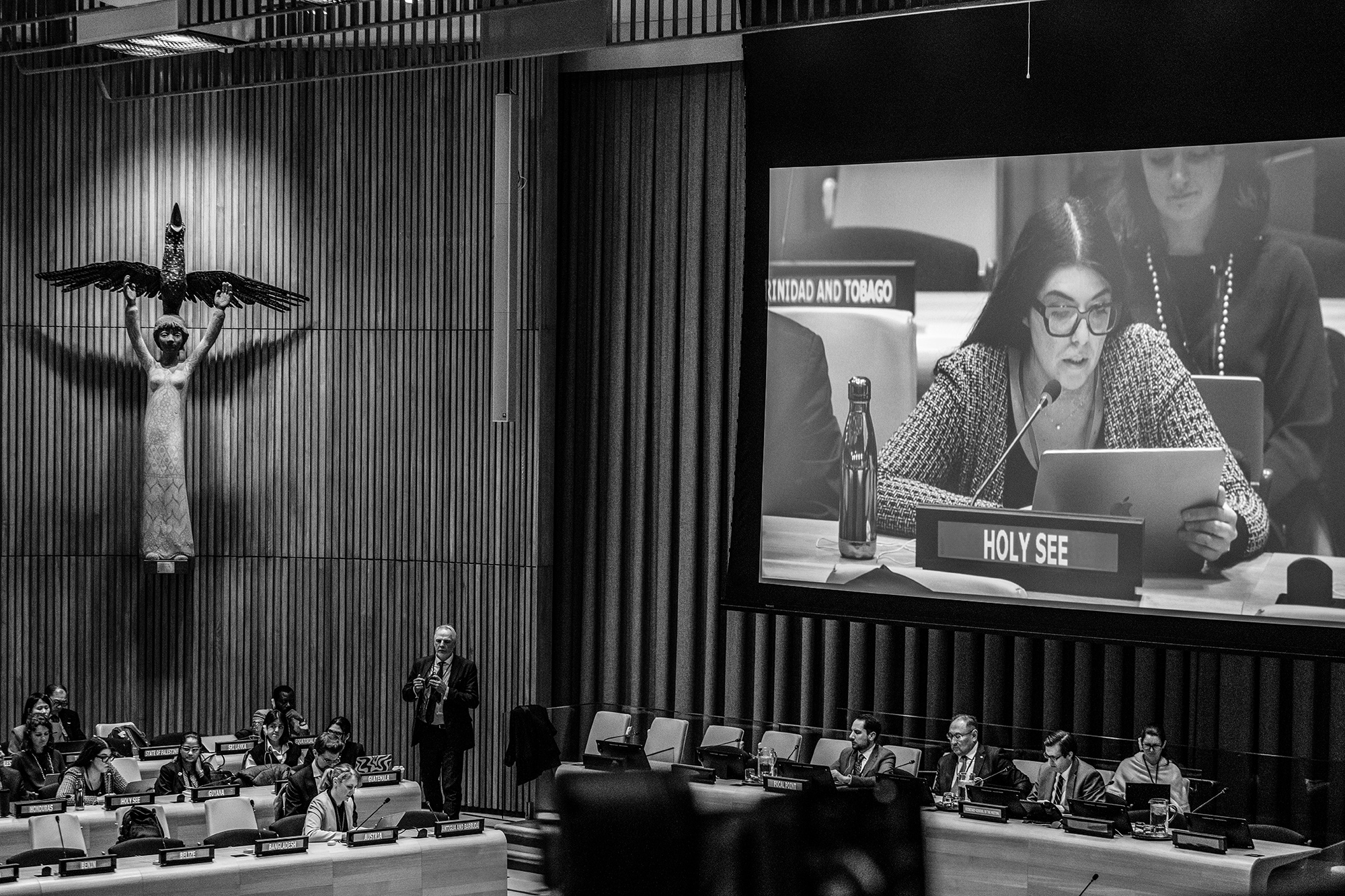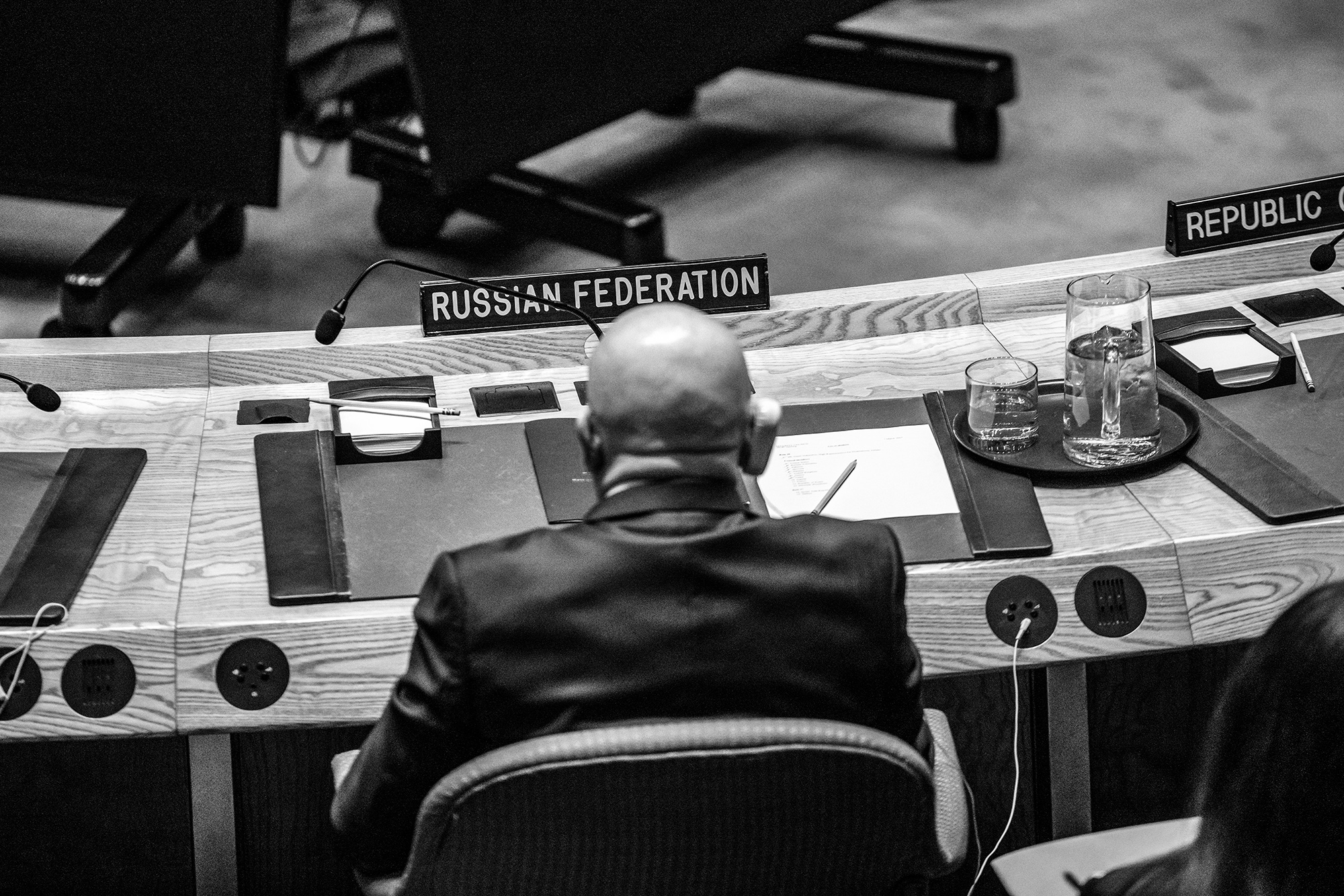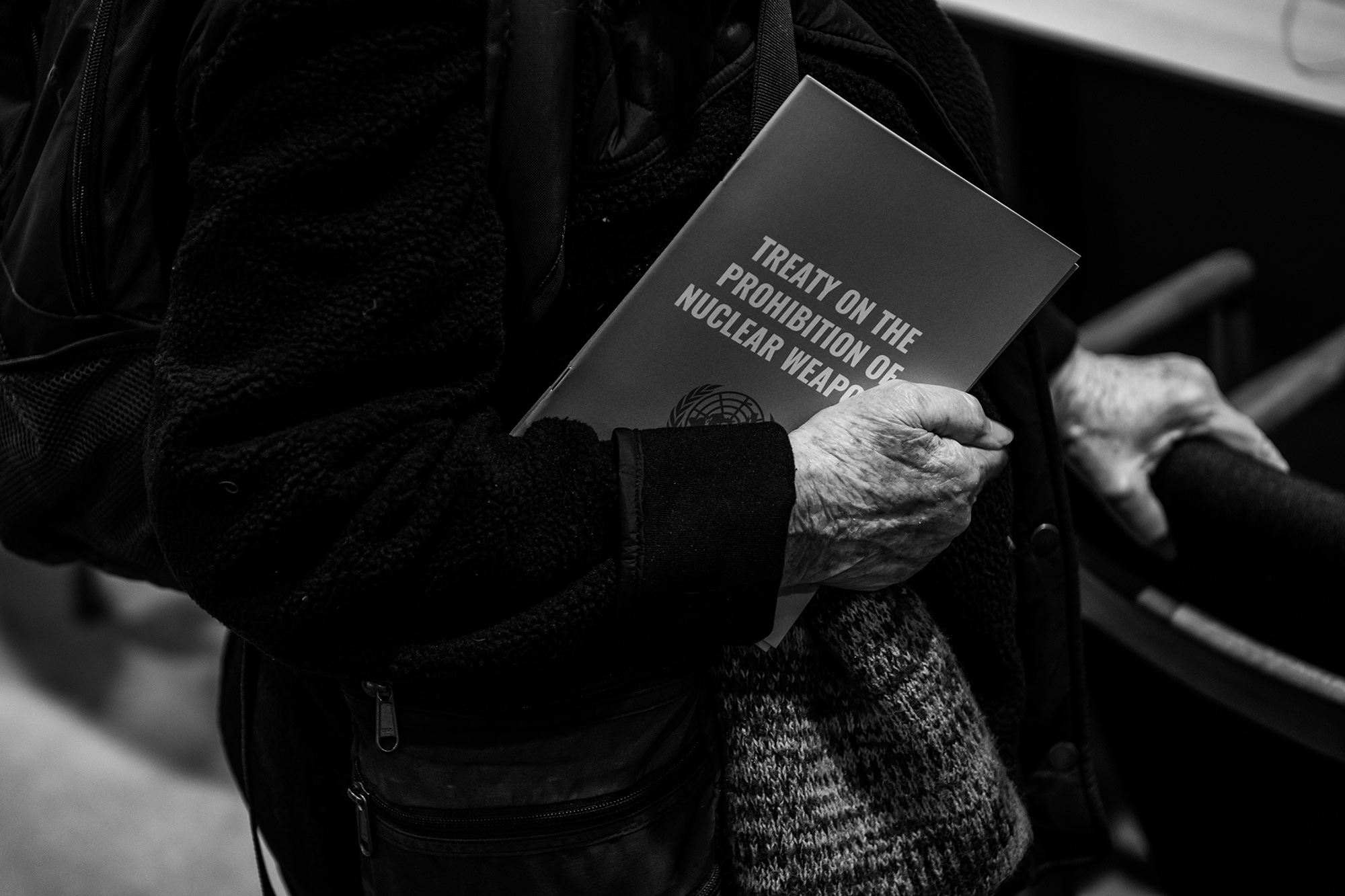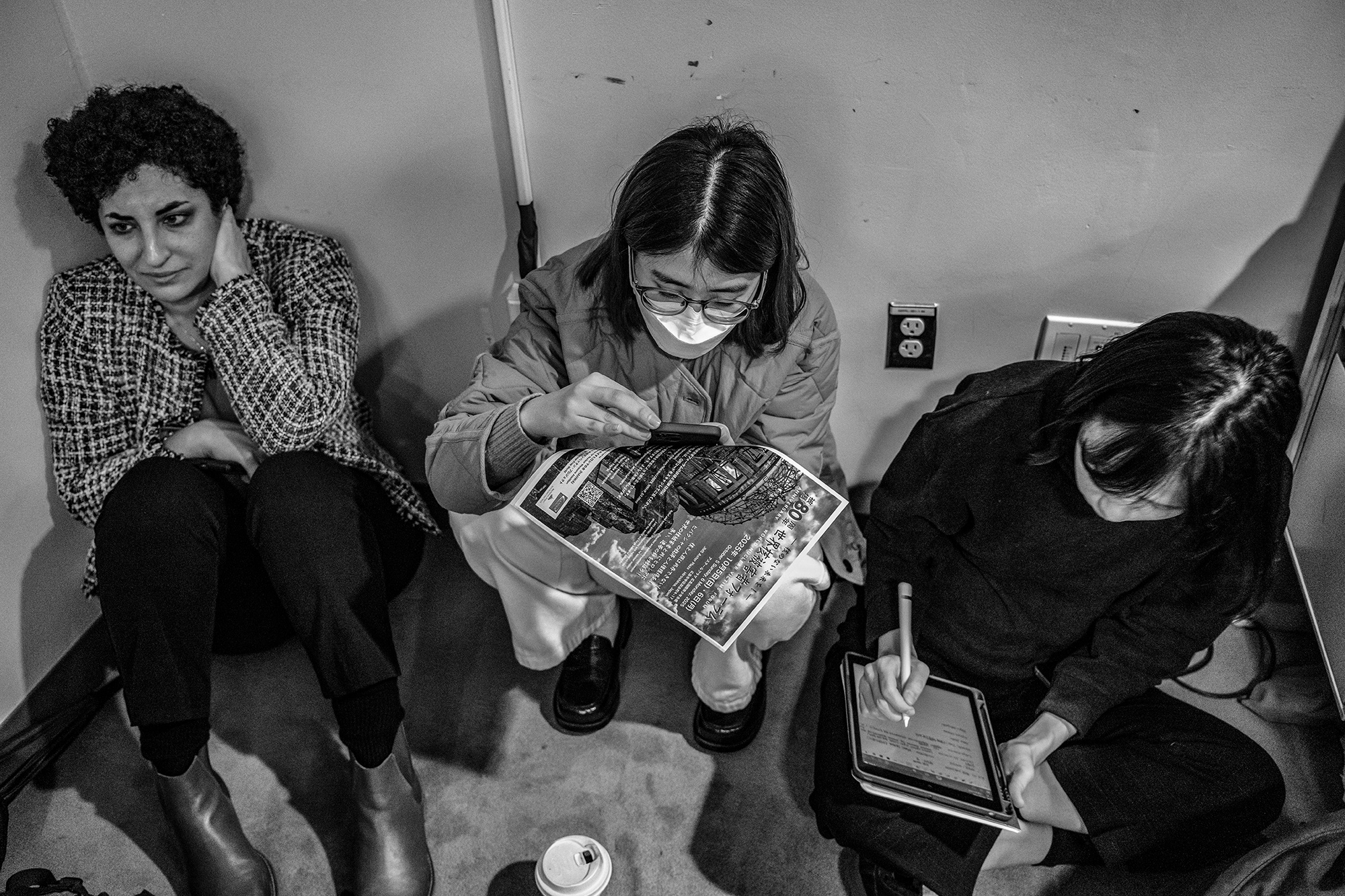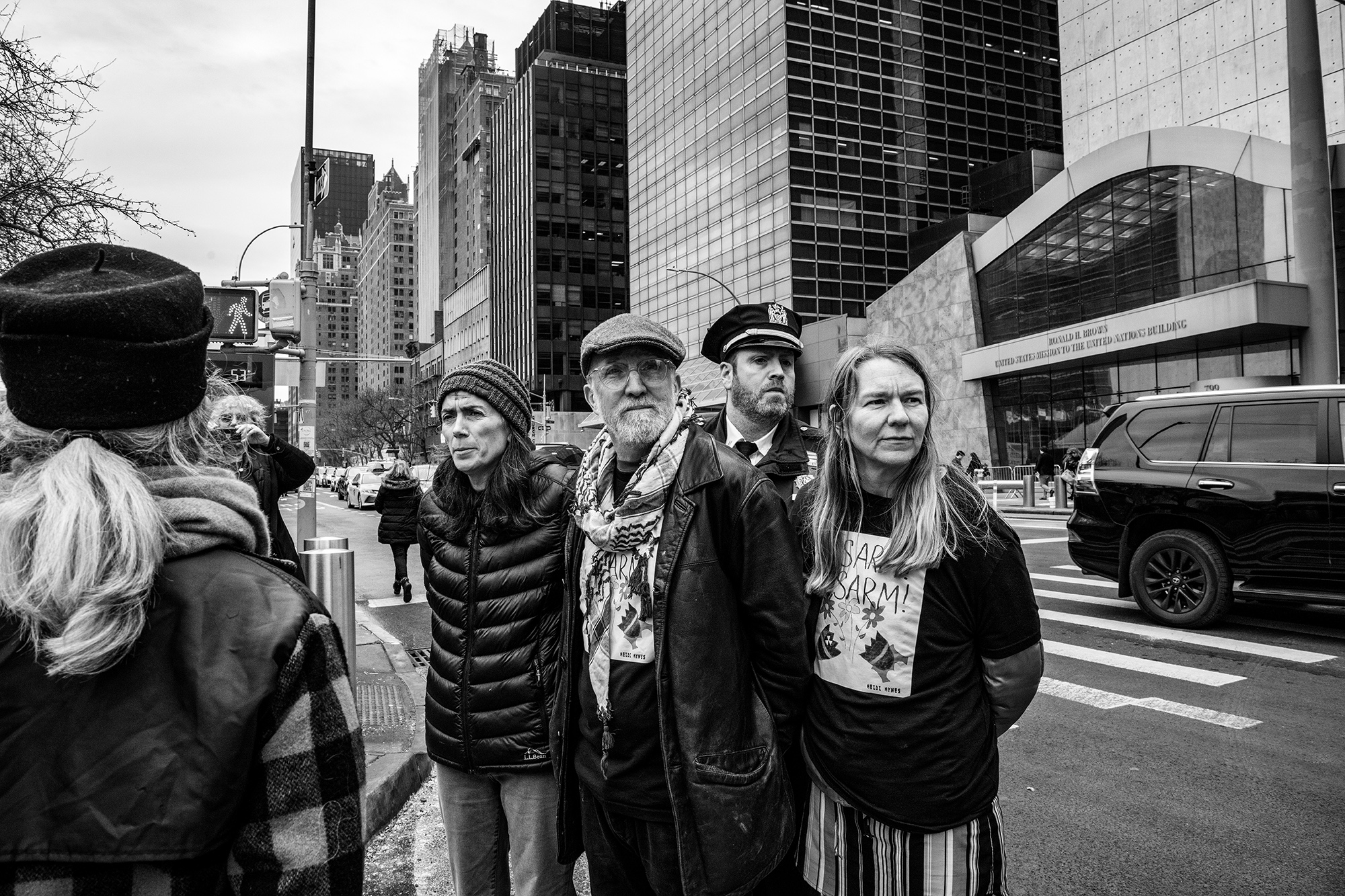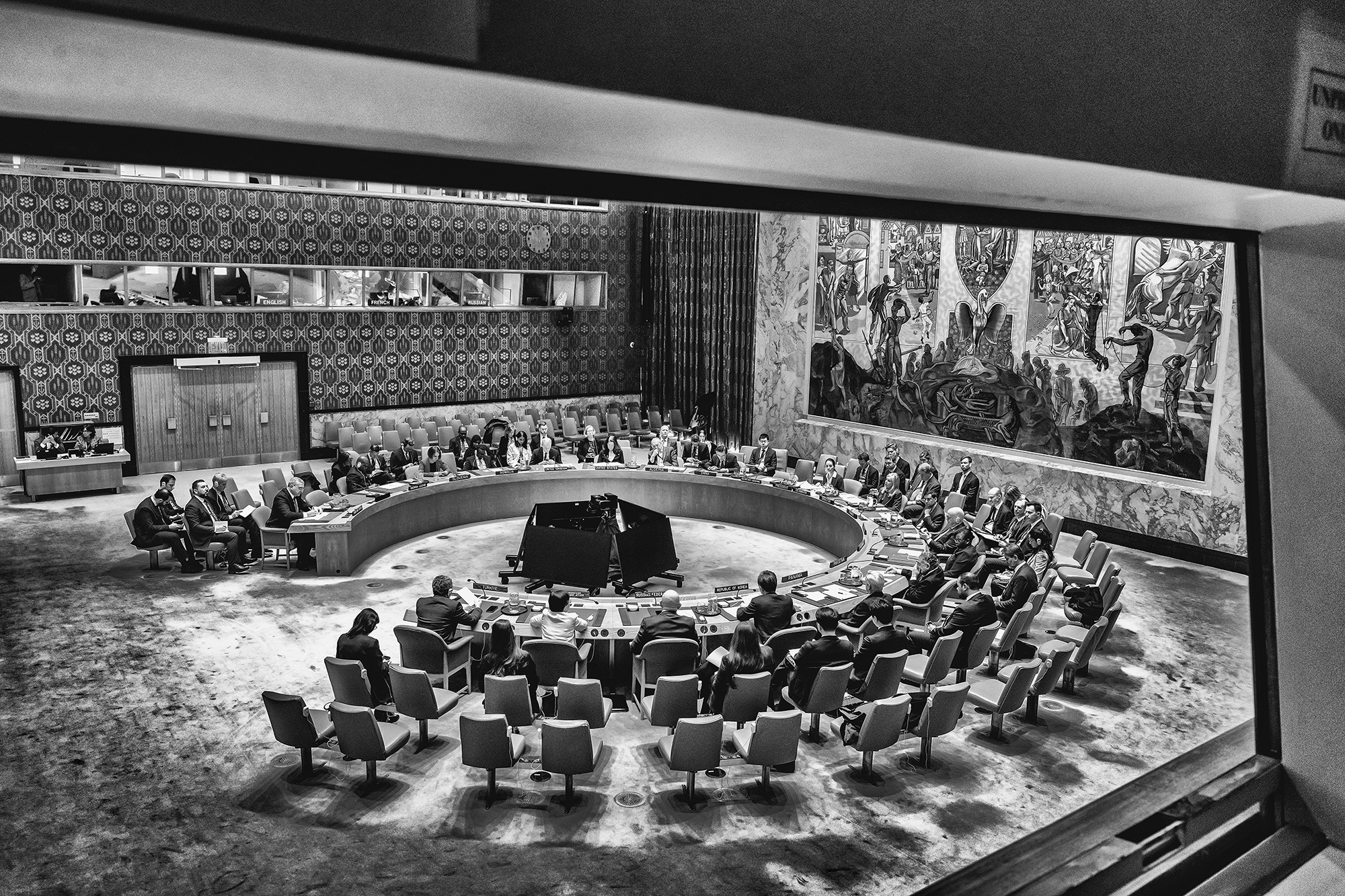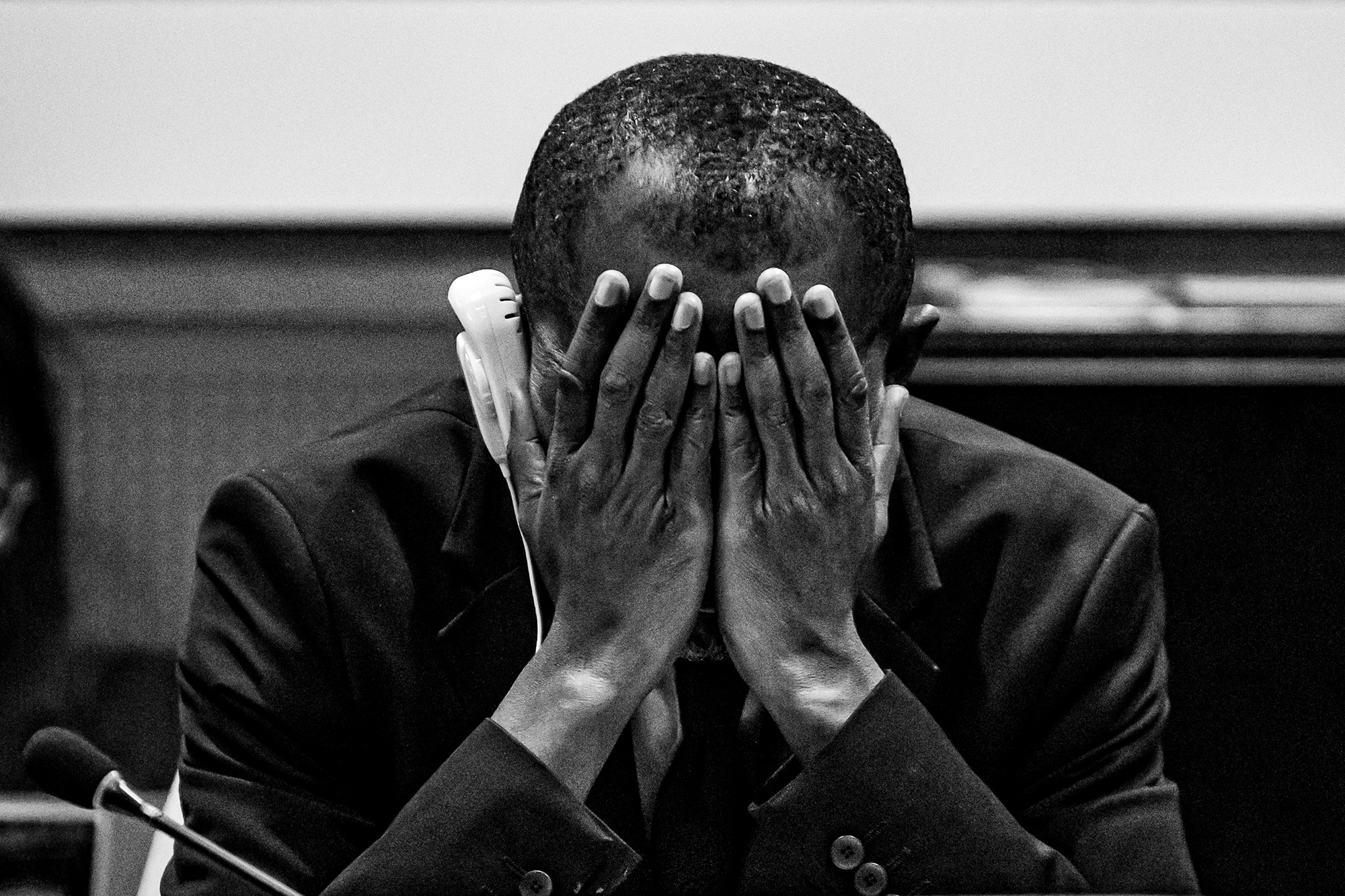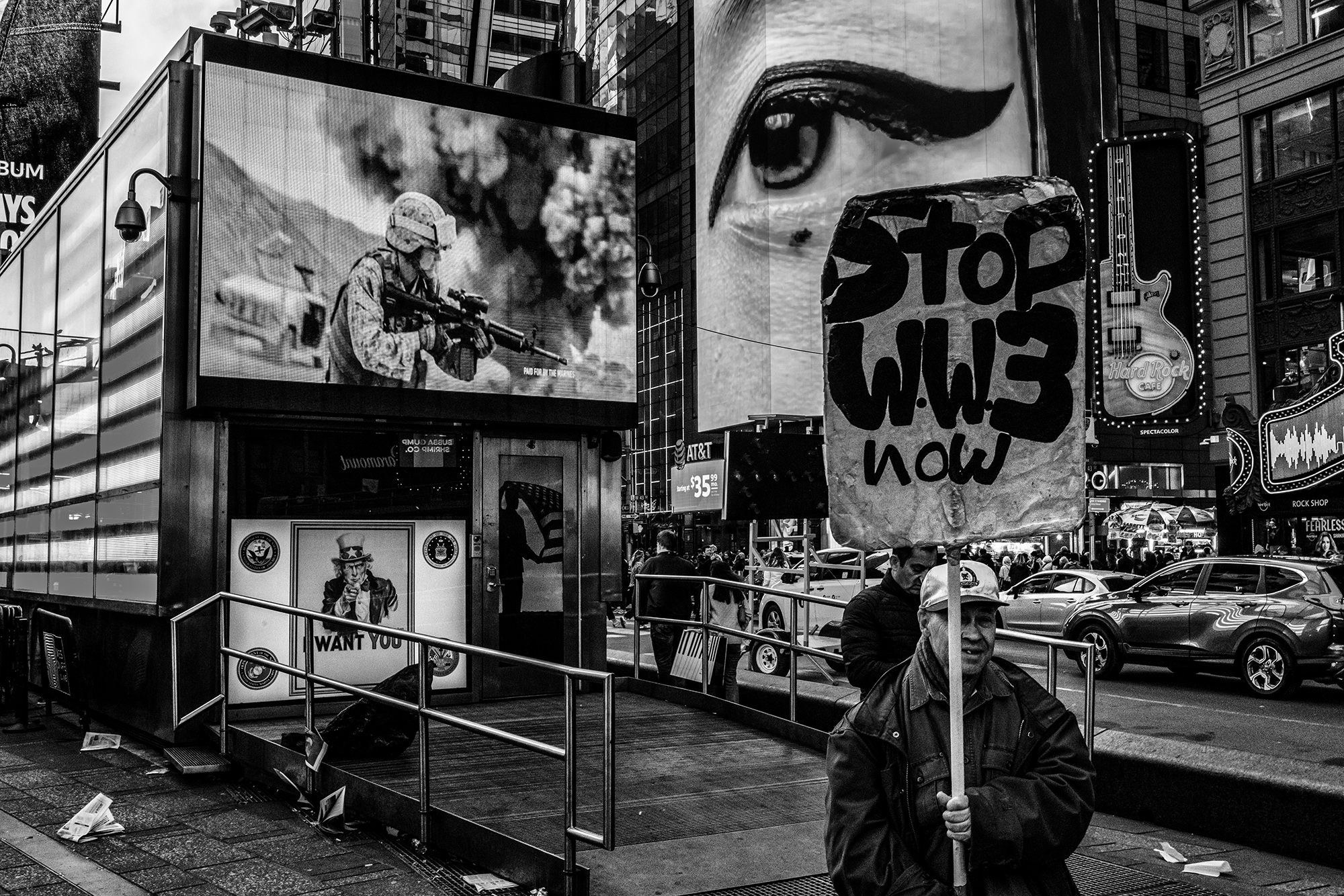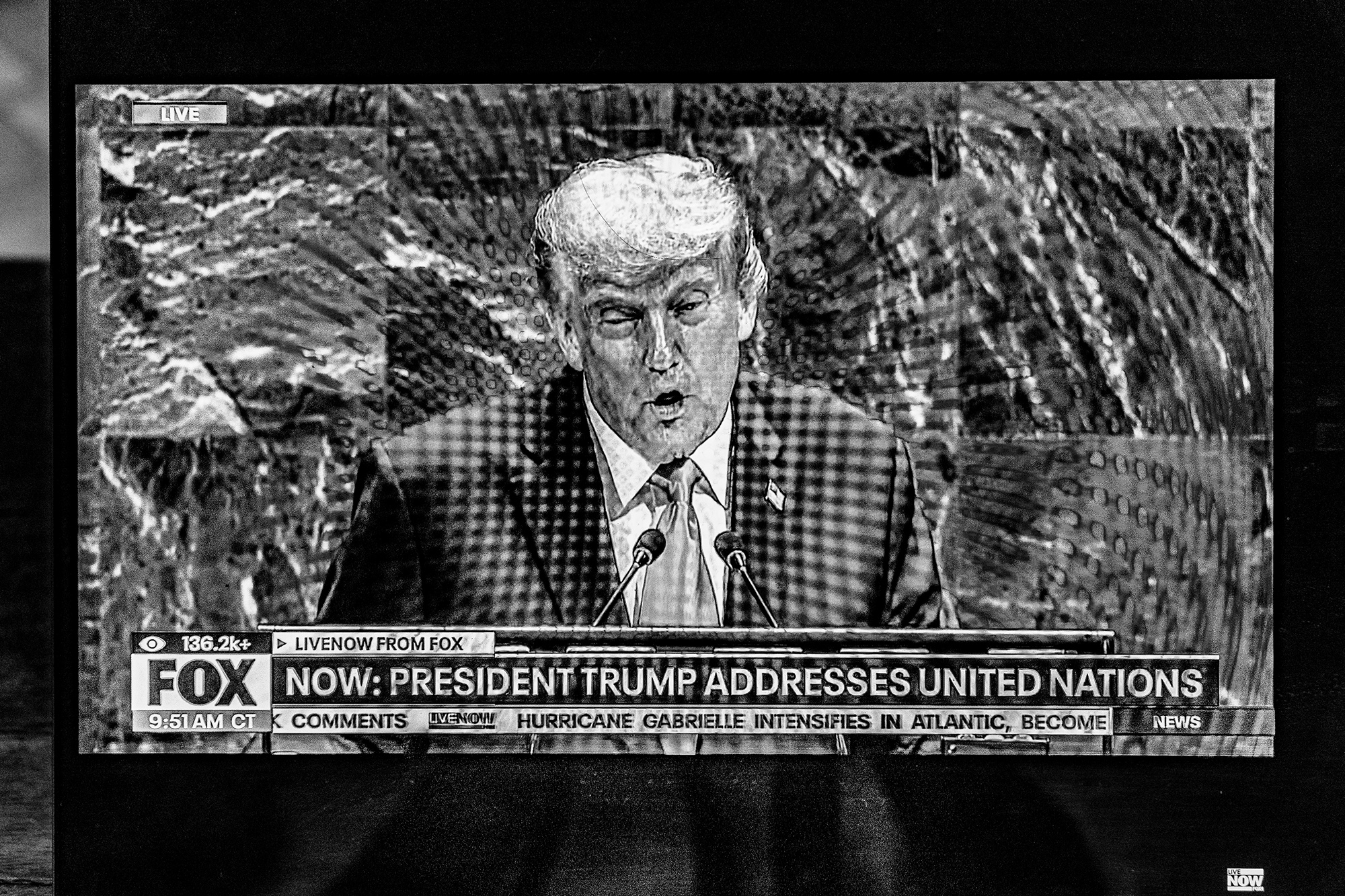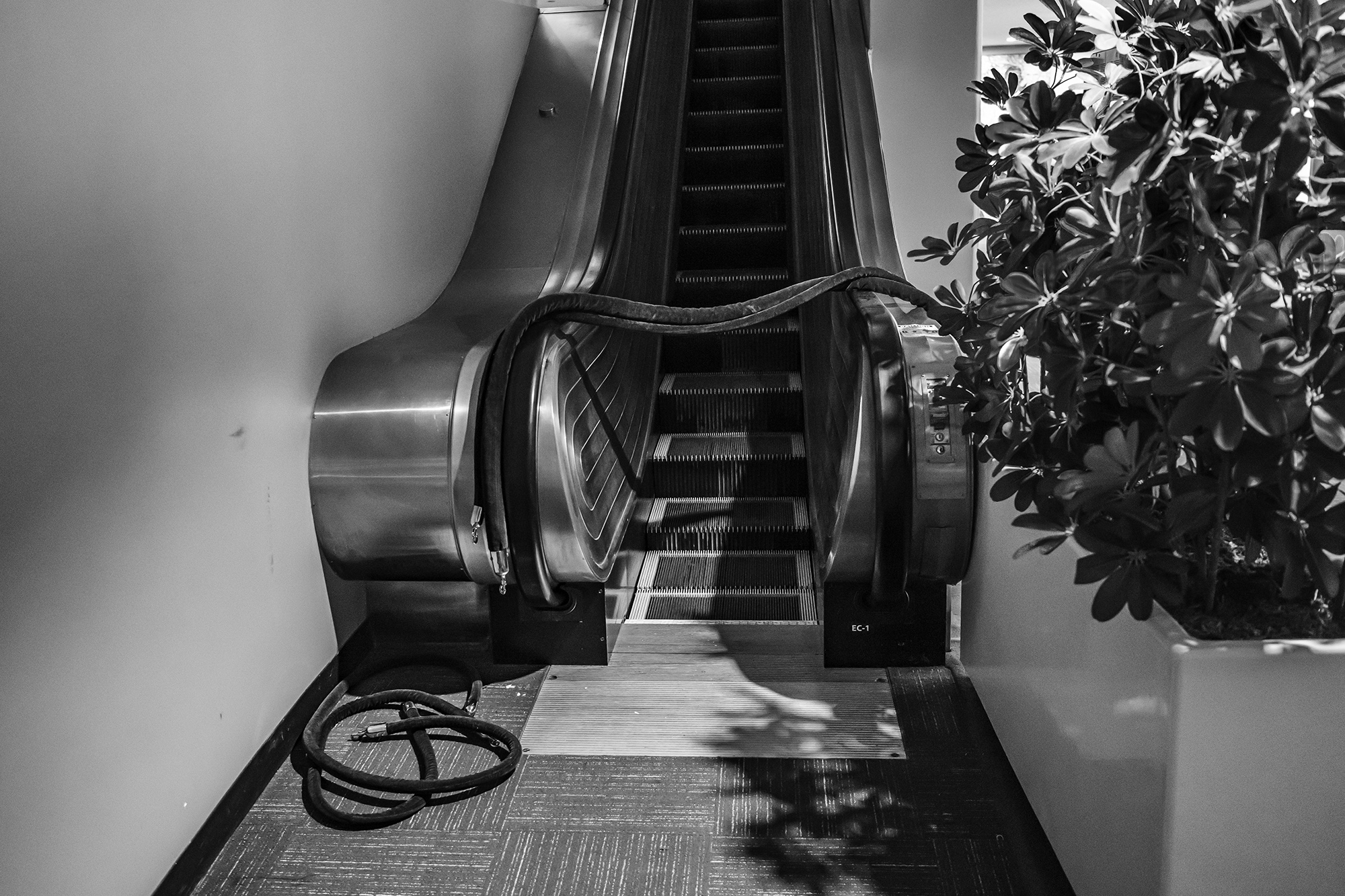On its 80th anniversary the United Nations (UN) is in crisis on multiple fronts. It already had a budget crunch, with members states not paying their dues. The lights have been going out early in UN offices for a while. Now with the United States, its single largest donor, cutting its contribution by $1 billion things have become serious. The US has also completely withdrawn from several UN agencies – most significantly the World Health Organisation and UN Human Rights Commission, and it is reviewing (for a second time) its contributions to the rest. European powers cannot take up much slack as they are already, under US pressure, being asked to find extra funding for defence and NATO obligations.
The UN has announced a UN80 plan to examine how to implement cuts in its main body, and across another 80 semi-detached and independently financed UN organisations, looking for redundancy and overlap in their operations. Job cuts or around 20%, as well as de-location from expensive premises like New York and Geneva, are the order of the day. Pressure, and depression, are mounting.
As the Head of the UN refugee agency (UNHCR) recently said "we will now do less, with less" - a more honest appraisal than the World Health Organisation’s 'rightsizing’ management speak. There have even been reports of cutting the daily calorie intake of the 110,000 UN peacekeepers, currently in stationed in 11 countries.
The malaise runs deeper than budgetary issues, reaching to the very core of how the UN functions. It is clear that the UN Human Rights Council has long been in danger of capture by alliances of countries that do not want to be too closely examined themselves. Think China, but Russia and others. The withdrawal of the US and along with its funds will only increases this trend.
United Nations General Assembly meeting at UN Headquarters. ©Mark Henley/Panos Pictures
Diplomats in discussion at the end of the last session of the week-long Third Meeting of the Treaty on the Prohibition of Nuclear Weapons. UN headquarters in New York. ©Mark Henley/Panos Pictures
Diplomat from Sierre Leone surrounded by translators papers, during the Third Meeting of the Treaty Prohibiting Nuclear Weapons. ©Mark Henley/Panos Pictures
United Nations staff member, tidying up and replenishing desks of members of the UN Security Council at UN Headquarters following a meeting. Meetings can in theory be called at short notice at any time. ©Mark Henley/Panos Pictures
Syrian diplomat with assistants behind, representing the new regime, addressing a meeting of the United Nations Security Council at UN headquarters in New York. Dealing with the post revolution Syria and all its complex problems is one of the rare examples today of the Security Council working together, as here during an update on the weapons situation in the country. ©Mark Henley/Panos Pictures
Simultaneous translators at work during a meeting of the United Nations Security Council at UN headquarters in New York. ©Mark Henley/Panos Pictures
United States Diplomat speaking during a meeting of the United Nations General Assembly, at UN Headquarters calling for a formal vote on establishing an International Day for Judicial Well-being so that his government could register its negative vote. It passed by 160 in favour, and a single vote in opposition from the US. ©Mark Henley/Panos Pictures
Representative of Algeria, a non permanent rotating member of the UN Security Council, in discussion with an assistant while attending a meeting of the council at United Nations Headquarters in New York. ©Mark Henley/Panos Pictures
The Chinese are seen as having too much influence at the UN - one of the specific reasons for the US withdrawal from the WHO. But the absence of the US only increases China's influence, at no extra cost.
Perhaps the greatest anachronism at the UN is the Security Council, made of five veto-wielding permanent members - the US, Russia, China, France and the UK - a completely outdated legacy of the Second World War. It was set up to encourage peace and stop wars. Today it's inflexibility and the self-interested behaviour of its members is all but perpetuating the killing, whether in Ukraine, Gaza or elsehere.
The UN model of consensus is also proving inadequate for dealing with issues ranging from disarmament to the climate crisis. Most recently the organisations failed to reach consensus on something as inncouous as a deal on global plastic pollution after years of preparations.
Negotiations remain opaque, with a pervasive sense that commercial interests are influencing negotiators while 'civil society’ has little or no voice. Meanwhile, the much touted UN Sustainable Development Goals (SDGs), central to so much of what the UN does outside of peacekeeping, have drifted further away. Under President Trump the US government has 'rejected and denounced' the SDGs as “a programme of soft global governance inconsistent with US sovereignty and adverse to the rights and interests of Americans" and formally withdrawn from the Paris climate agreement for the second time.
A woman stops to look at a portrait of Kofi Annan, amongst the line of paintings of former Director Generals lining the ground floor of the Secretariat Building of UN Headquarters. To the right is Ban Ki-moon. ©Mark Henley/Panos Pictures
UN Secretary General Antonio Guterres with members of his entourage behind, giving an address in the General Assembly Hall at United Nations Headquarters. ©Mark Henley/Panos Pictures
United Nations administrative staff at work during a meeting of the United Nations Security Council at UN headquarters in New York. ©Mark Henley/Panos Pictures
Private discussions between Japanese and German mayors and the president of the Third Meeting of the Treaty on the Prohibition of Nuclear Weapons, at the United Nations Headquarters in New York, in a lounge facing the East River. ©Mark Henley/Panos Pictures
Norwegian People’s Aid, & Nuclear Weapons Ban Monitor representative of ‘Civil Society’ addressing a plenary session of the week-long Third Meeting of the Treaty on the Prohibition of Nuclear Weapons at the United Nations Headquarters in New York. The TPNY is a rare exception at the UN with the central role given to Civil Society - unfortunately it is boycotted by all nuclear states. ©Mark Henley/Panos Pictures
United Nations lift operator, in a suit belonging to the UN, wearing a map of the world tie. ©Mark Henley/Panos Pictures
UN functionary on the phone while walking a corridor at UN headquarters at the end of the day ©Mark Henley/Panos Pictures
Science advisory group member addressing the week-long Third meeting of Treaty on the Prohibition of Nuclear Weapons. ©Mark Henley/Panos Pictures
UN Secretary General Antonio Guterres and entourage walking a UN corridor on a Friday evening, as the building empties. ©Mark Henley/Panos Pictures
Russian representative in discussion before a meeting of the United Nations Security Council at UN headquarters in New York, which will include the armament situation in Syria, with representations by the new Syrian government. ©Mark Henley/Panos Pictures
Swiss diplomat addressing the General Assembly at United Nations Headquarters, seen from a translator’s booth. ©Mark Henley/Panos Pictures
Discussion between diplomat and functionaries during a meeting of the United Nations General Assembly, at UN Headquarters. ©Mark Henley/Panos Pictures
Dusk falls, along with the rain, over the the East River as people leave conferences, at the end of the day, at the East United Nations Headquarters. ©Mark Henley/Panos Picture
Vatican representative addressing a plenary session during the week-long Third meeting of the Treaty on the Prohibition of Nuclear Weapons, at the United Nations Headquarters in New York. The nuclear powers are completely absent - but the 5 major players actually regularly meet in the next door chamber, the UN Security Council. So close yet so far away. ©Mark Henley/Panos Pictures
Russian representative at a meeting of the United Nations Security Council at UN headquarters in New York. ©Mark Henley/Panos Pictures
The world is fracturing, and just when the UN's unique role is most needed, the organisation seems least able to deliver.
The organisation's future - its form, mission and efficacy - are difficult to foresee. Meanwhile, in the corridors of its offices in New York and Geneva the mood is bleak.
Copy of the Treaty on the Prohibition of Nuclear Weapons, in the hand of a campaigner after a plenary session of the week-long Third Meeting of the Treaty on the Prohibition of Nuclear Weapons at the United Nations Headquarters in New York. The TPNW was created in 2017, despite the nuclear powers, and has now been signed by almost half of the UN member states, it is unusual in the prominent role given to civil society, and quite apart from a symbolic existence, it funds crucial scientific research into nuclear issues, and gives a platform to victims of the nuclear weapons industry. ©Mark Henley/Panos Pictures
Packed side event at the United Nations, on the history and lessons learnt from the Hibakusha movement in Japan. The Hibakusha are victims of the nuclear bombing of Japan. Taking place during the week-long Third Meeting of Treaty on the Prohibition of Nuclear Weapons, now signed by almost half the world’s states. The TPNW was created in 2017, despite the nuclear powers, and has now been signed by almost half of the UN member states, it is unusual in the prominent role given to civil society, and quite apart from a symbolic existence, it funds crucial scientific research into nuclear issues, and gives a platform to victims of the nuclear weapons industry. ©Mark Henley/Panos Pictures
American demonstrators arrested by NYPD during a rally calling for the banning of nuclear weapons, outside the UN, during the week-long Third Meeting of the Treaty on the Prohibition of Nuclear Weapons at the United Nations Headquarters in New York. ©Mark Henley/Panos Pictures
A meeting of the United Nations Security Council at UN headquarters in New York, with discussions concentrating on the armament situation in Syria, with representations by the new Syrian government, seated at far left. ©Mark Henley/Panos Pictures
Participant during an emotional side event organised by ICAN (the International Campaign to Ban Nuclear Weapons) to launch a report on the impact of nuclear weapons on children during the week-long Third Meeting of the Treaty on the Prohibition of Nuclear Weapons at the United Nations Headquarters in New York. ©Mark Henley/Panos Pictures
Anti-war demonstrator on Times Square outside US army recruiting office decorated with Stars and Stripes and displaying videos of soldiers in action. ©Mark Henley
Fox News broadcast of President Trump address the United Nations General Assembly. ©Mark Henley/Panos Pictures
Closed off escalator at United Nations Headquarters. ©Mark Henley/Panos Pictures

